Last summer I have visited fairy Książ Castle which is an impressive palace complex in Lower Silesia region. The castle is third biggest object of this type in Poland after Wawel Castle and Malbork Castle which are also worth visiting.
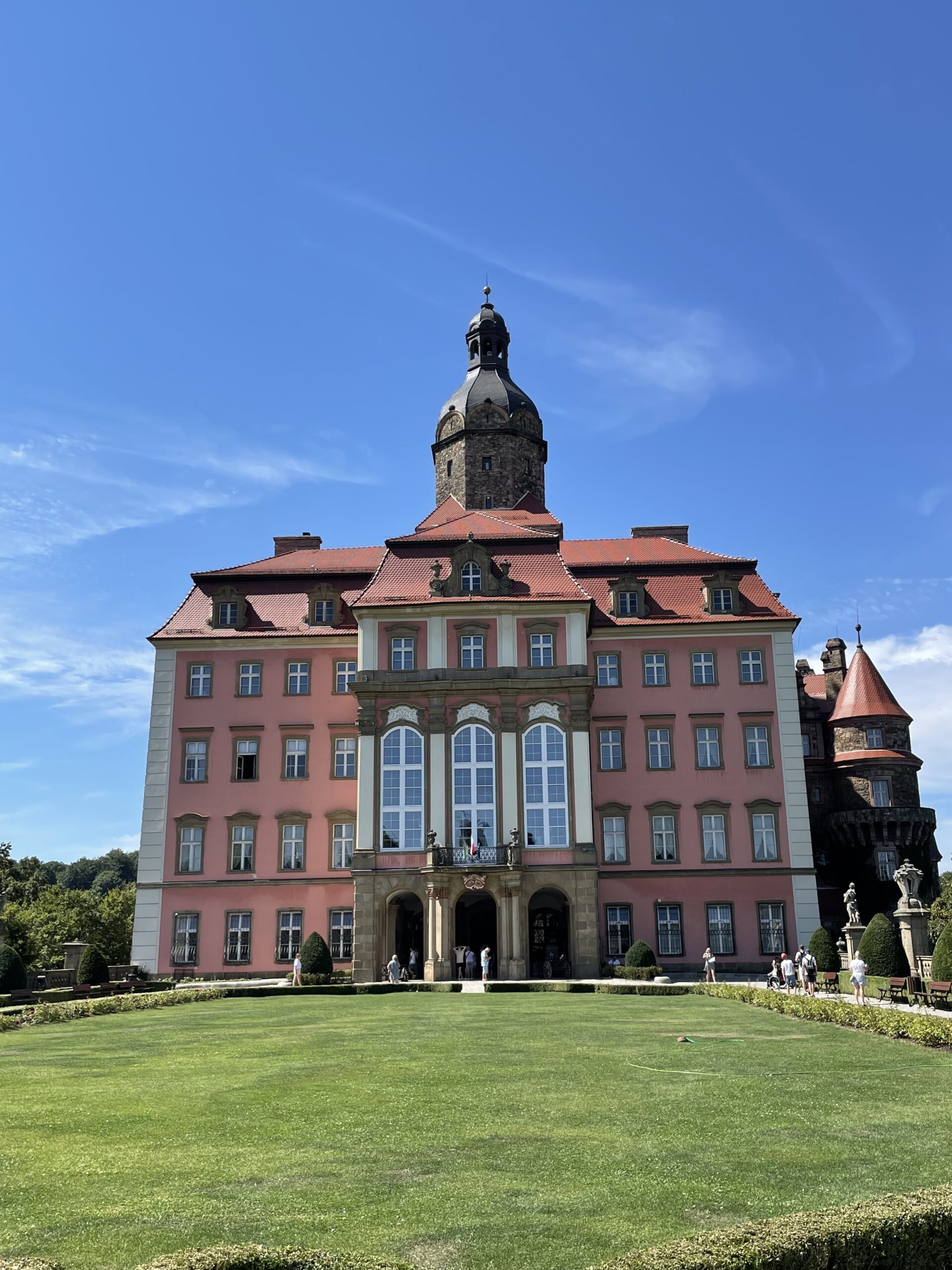 |
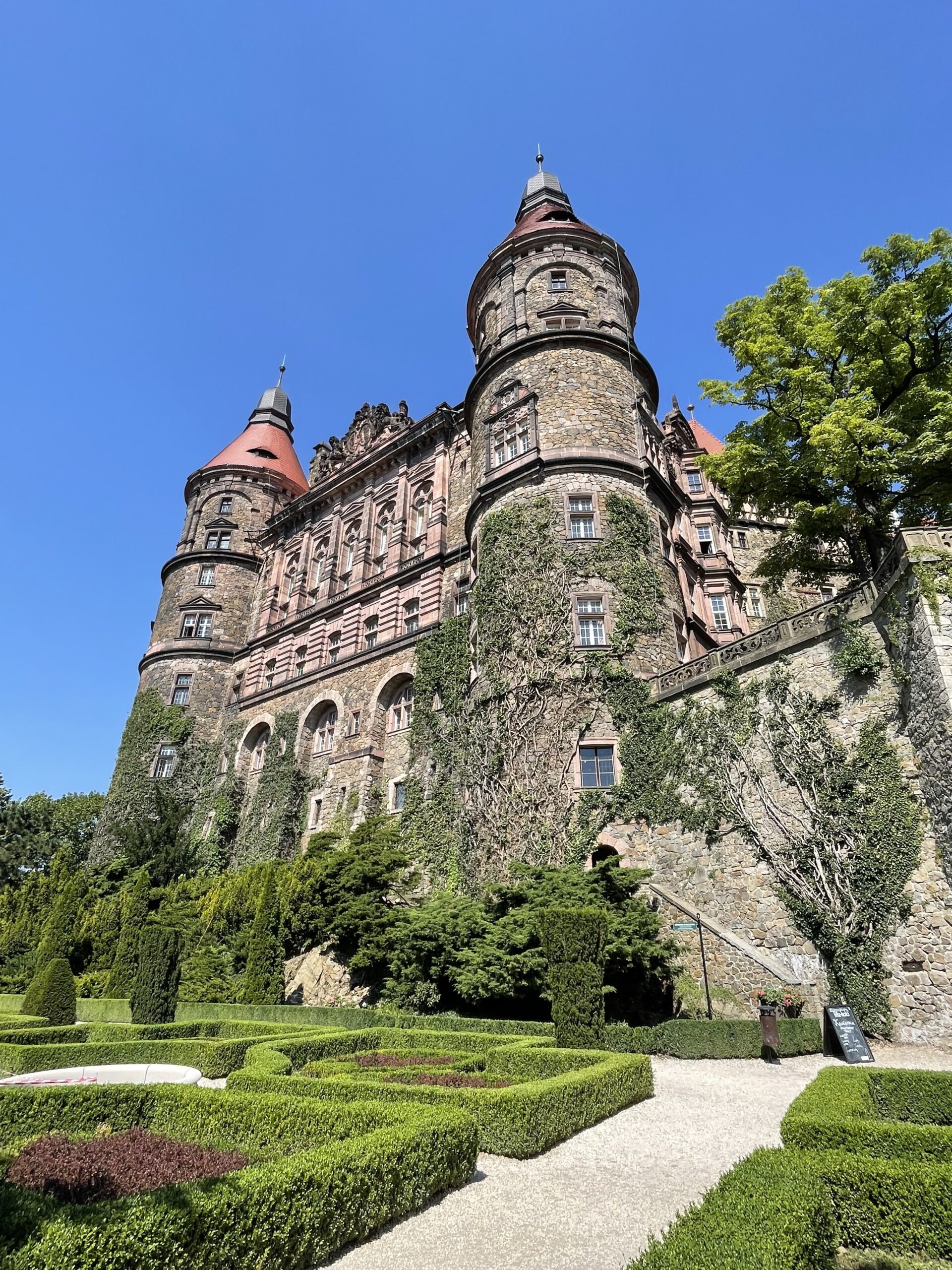 |
The castle stuns with its lavish interiors and the fairy surroundings, the palace is located on the hill, from the windows of the grand rooms you see gentle mounts covered in forests, mysterious valleys and well manicured gardens attached to the residence. All those grounds belong to Książ estate which is so vast that you don’t even see nearby roads and neighbouring towns which amplifies the feeling of being transferred straight into the beginning of 20th century when the most famous resident of the castle, Princess Daisy von Pless lived.
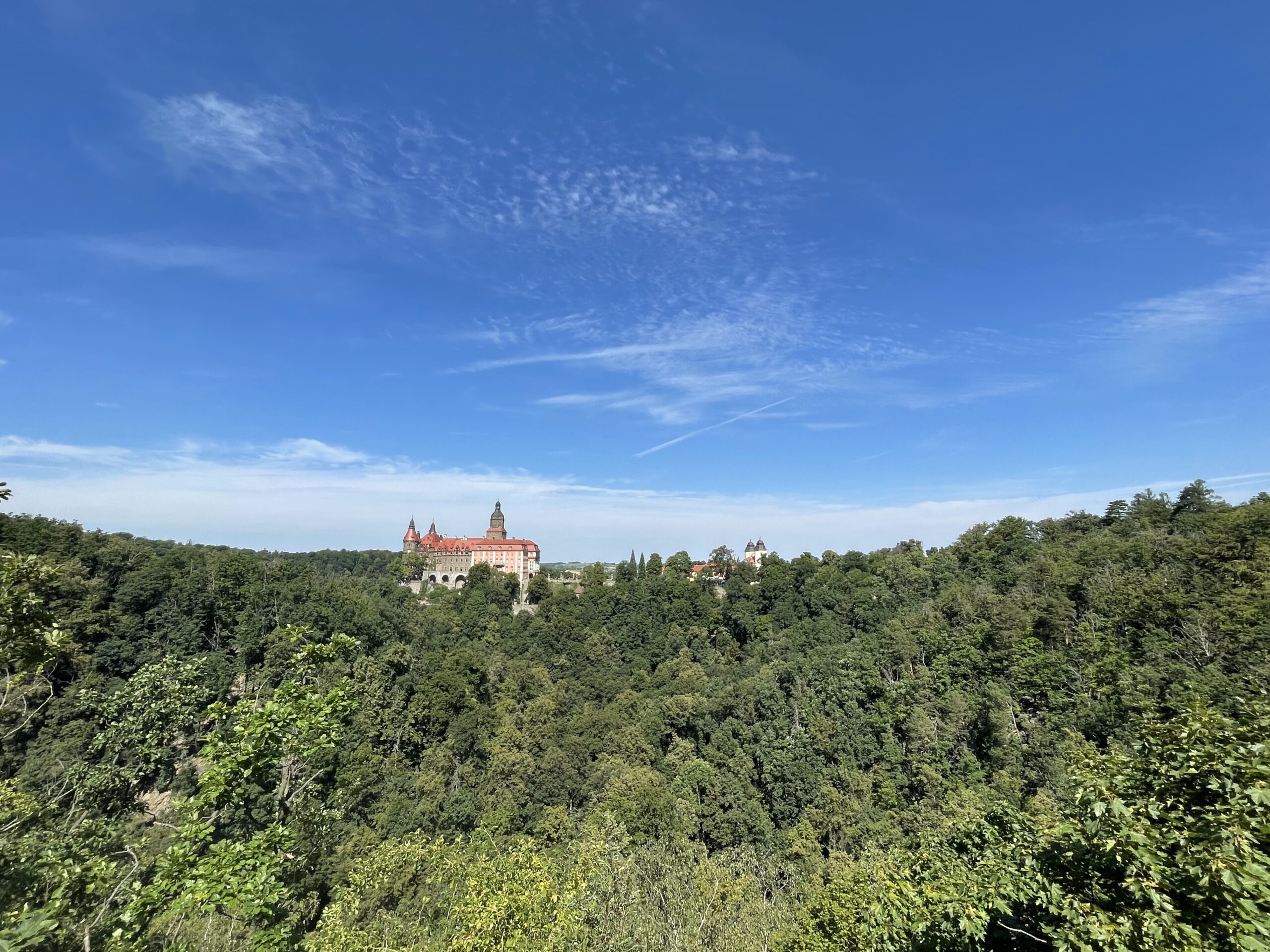 |
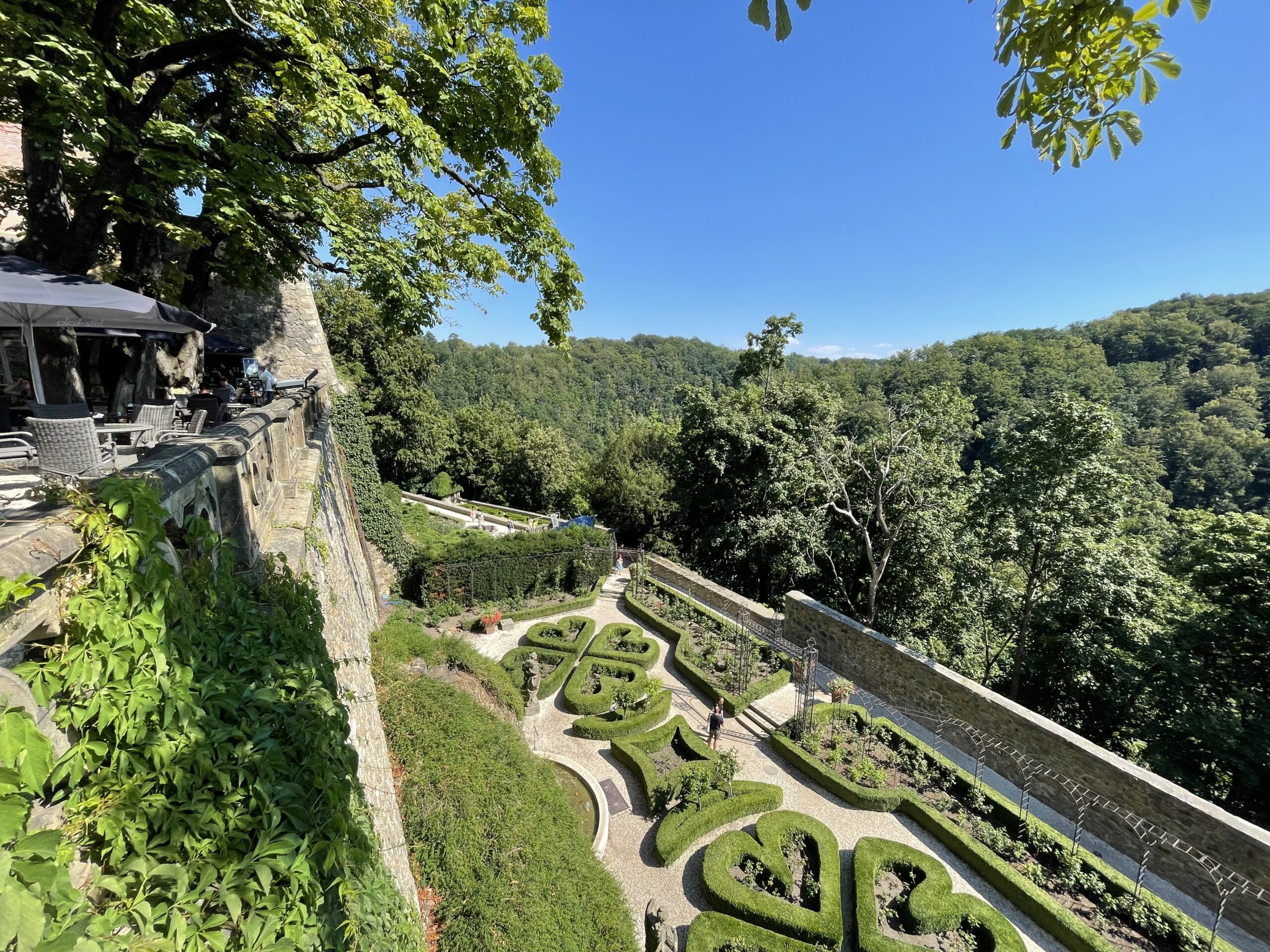 |
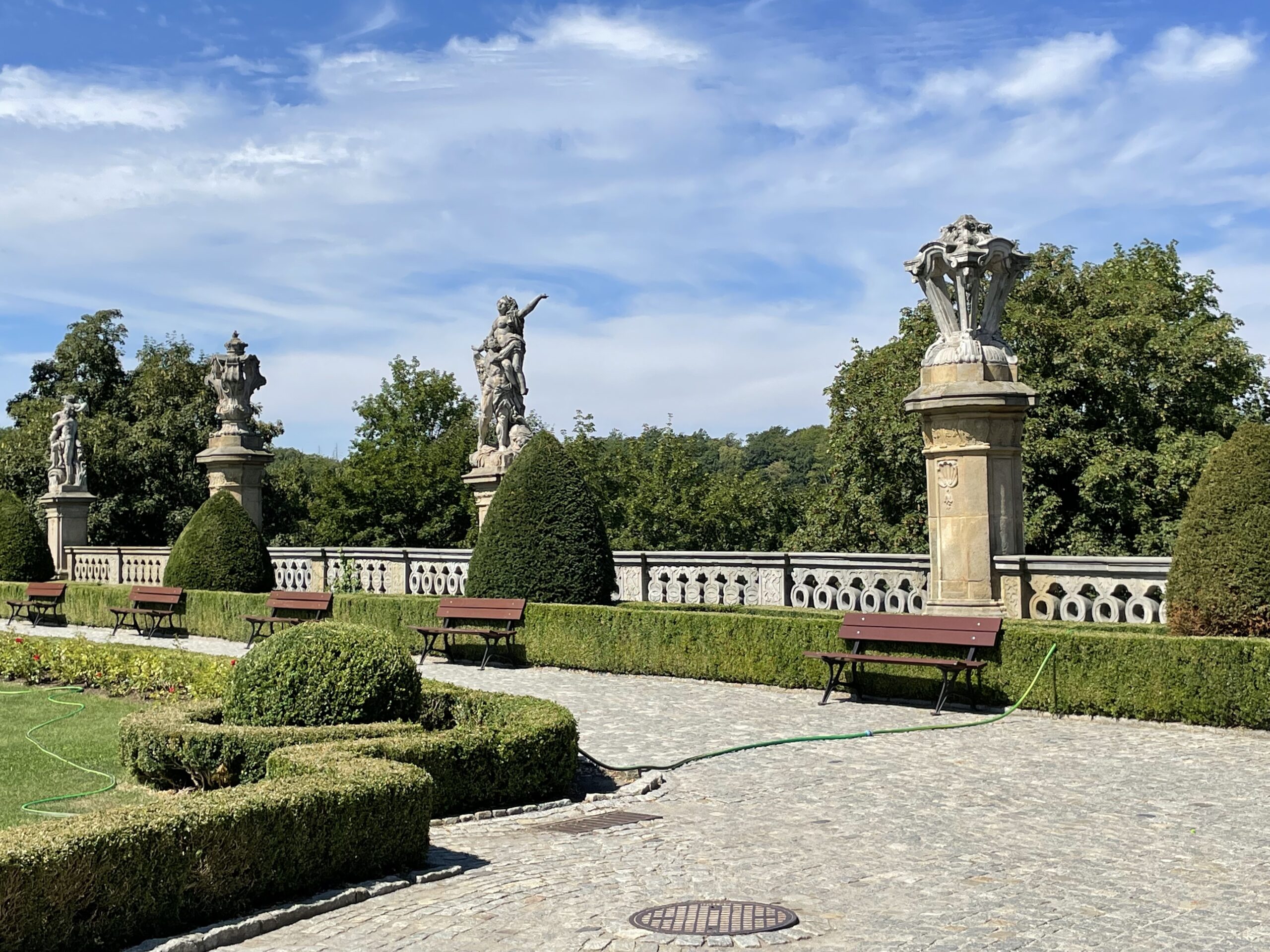 |
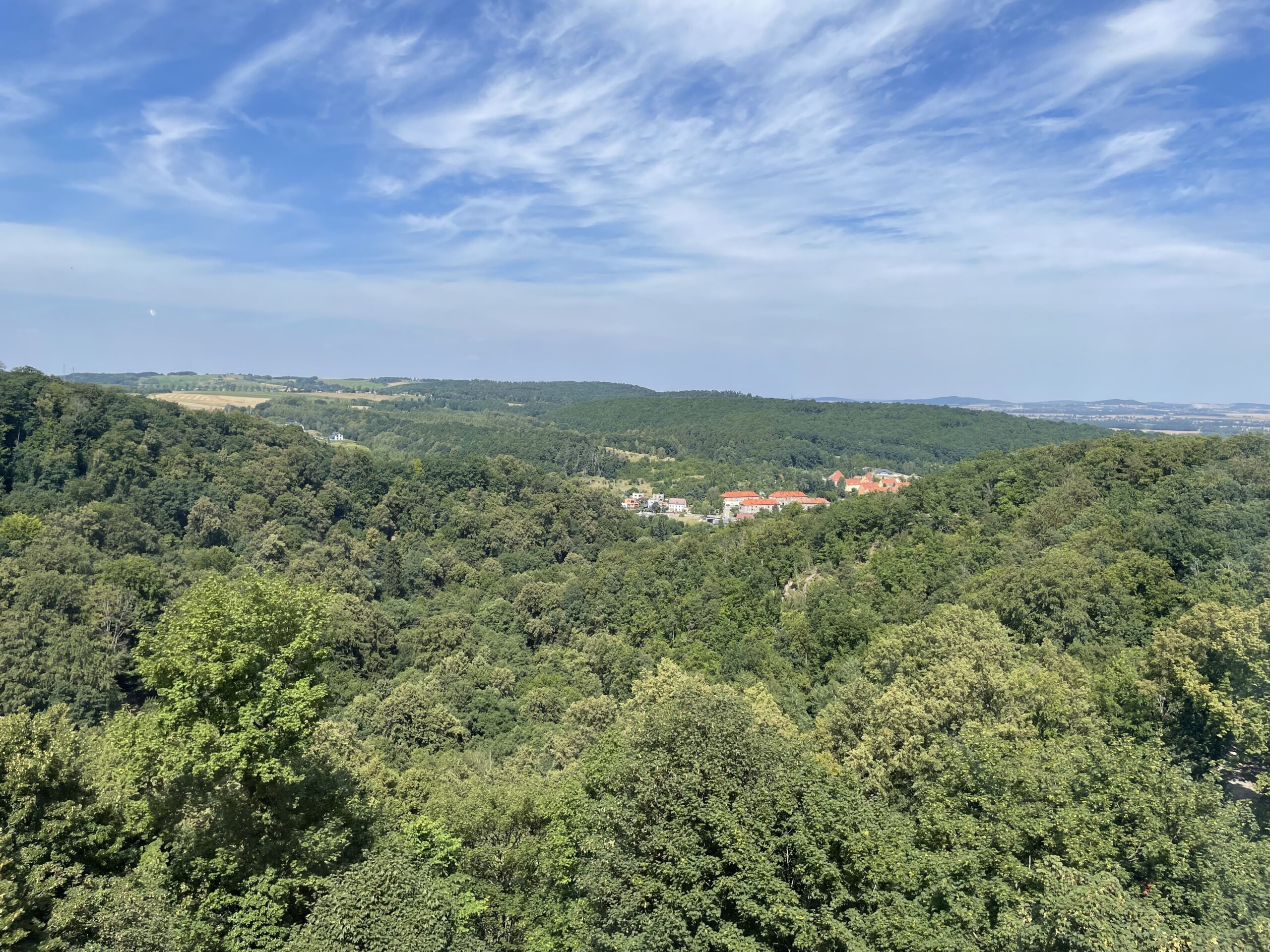 |
Before I give you short story of the castle and few facts from fascinating life of Princess Daisy, I provide you with some practical information if you plan to visit.
Practical information:
-
- The castle is a perfect one day trip from nearby Wrocław which is one of the biggest towns in Poland and which has well developed tourist infrastructure and many cultural sites to visit. The easiest way to get to Książ is to take a local train from Wrocław to Wałbrzych Szczawienko train station and from there catch a bus 9 or 12. Alternatively, you can rent a car and just drive straight to the castle, this option will give you of course more freedom.
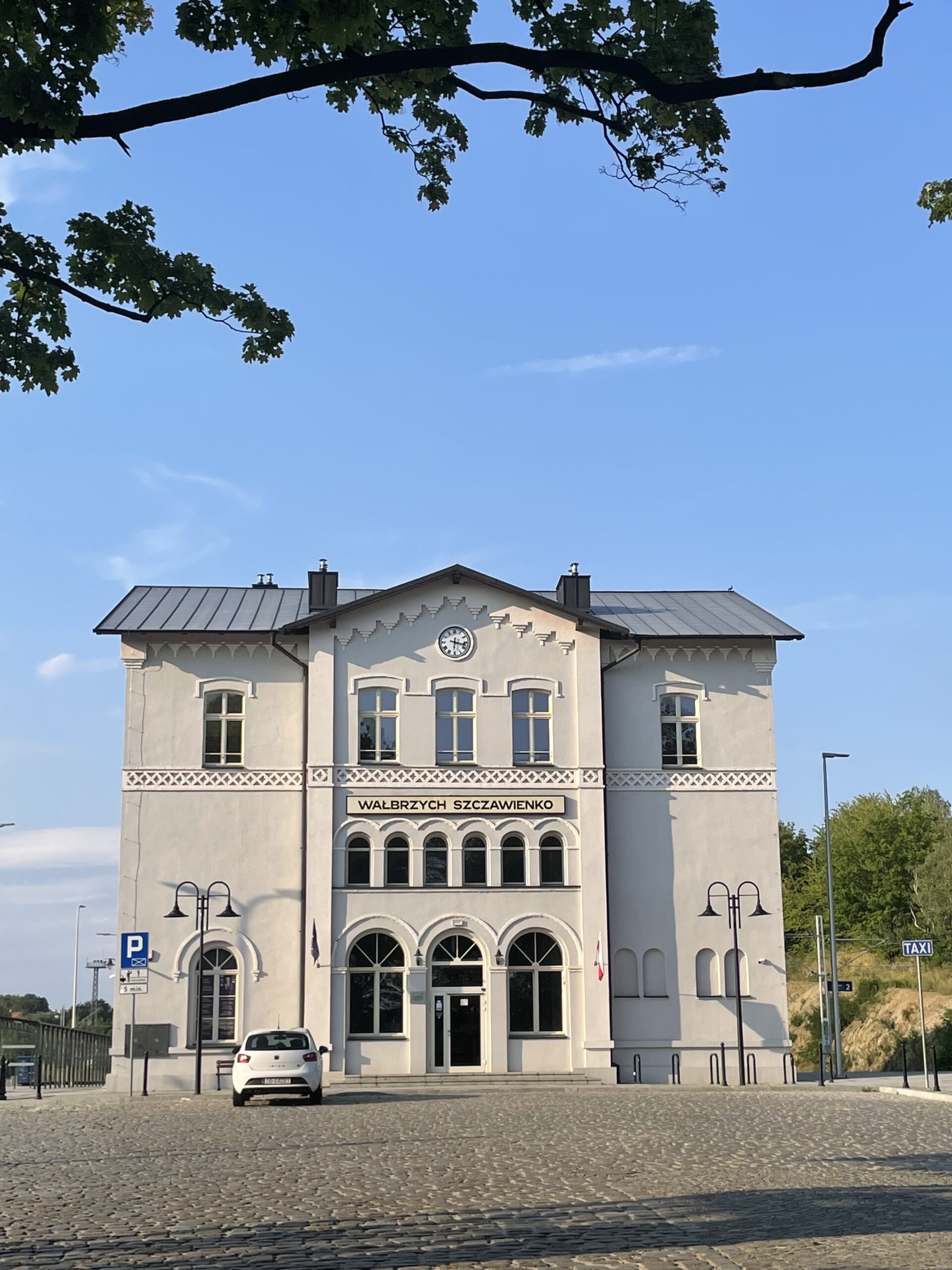 |
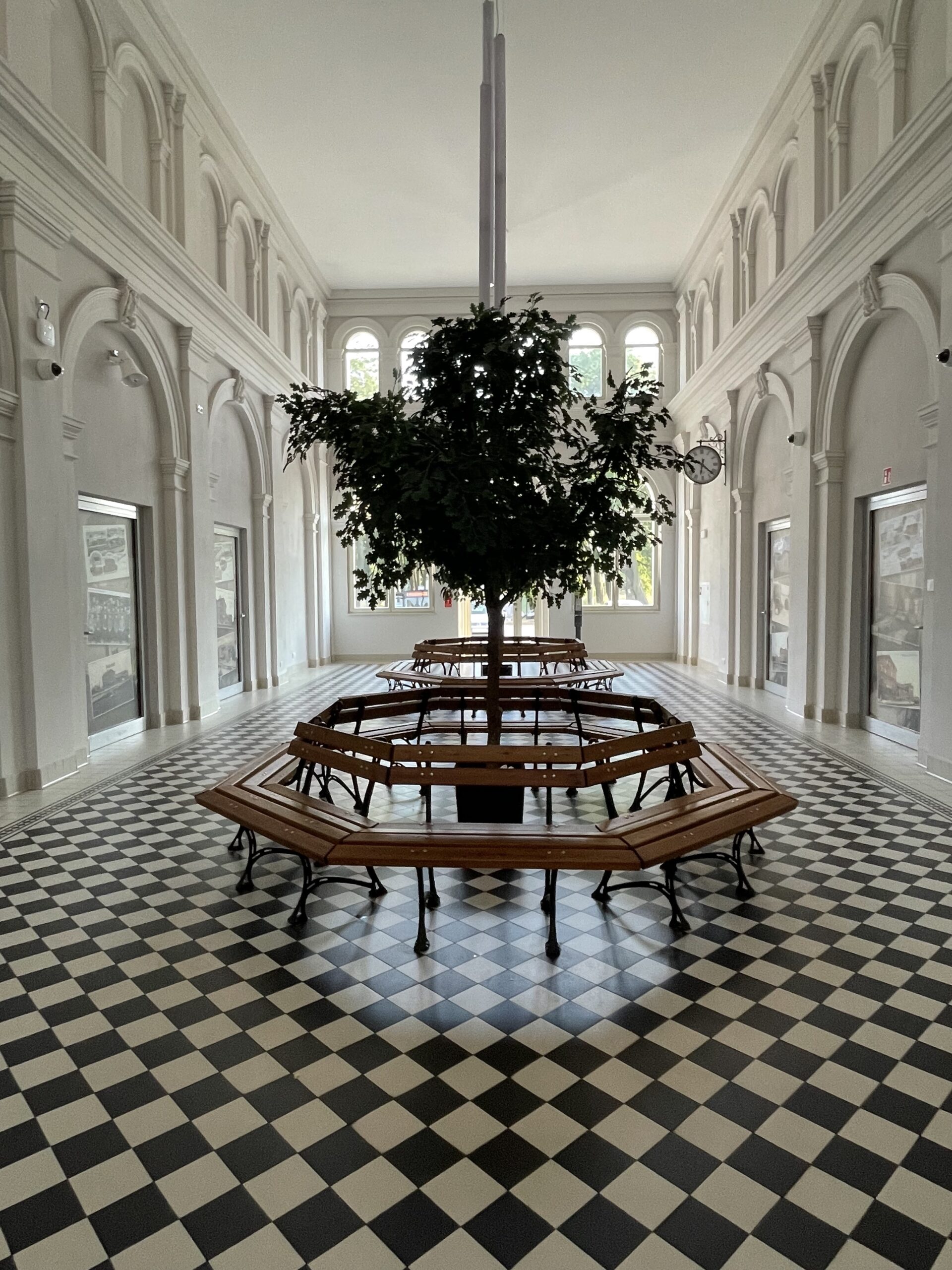 |
-
- The castle is visited with an auto guide which is also available in English, to see all rooms and exhibitions plan 1-2 hours.
- The complex is relatively large and consists of the castle rooms, attached garden terraces, the palm house (around 2km away from the castle which is a pleasant walk through the forest surrounding the castle), there is also the Hochberg Mausoleum which is a burial chapel of Hochberg family members (few minutes walk through the very pleasant part of the estate) and finally the mysterious underground structures build by Germans during WWII and known as Project Riese which are a big highlight of the visit.
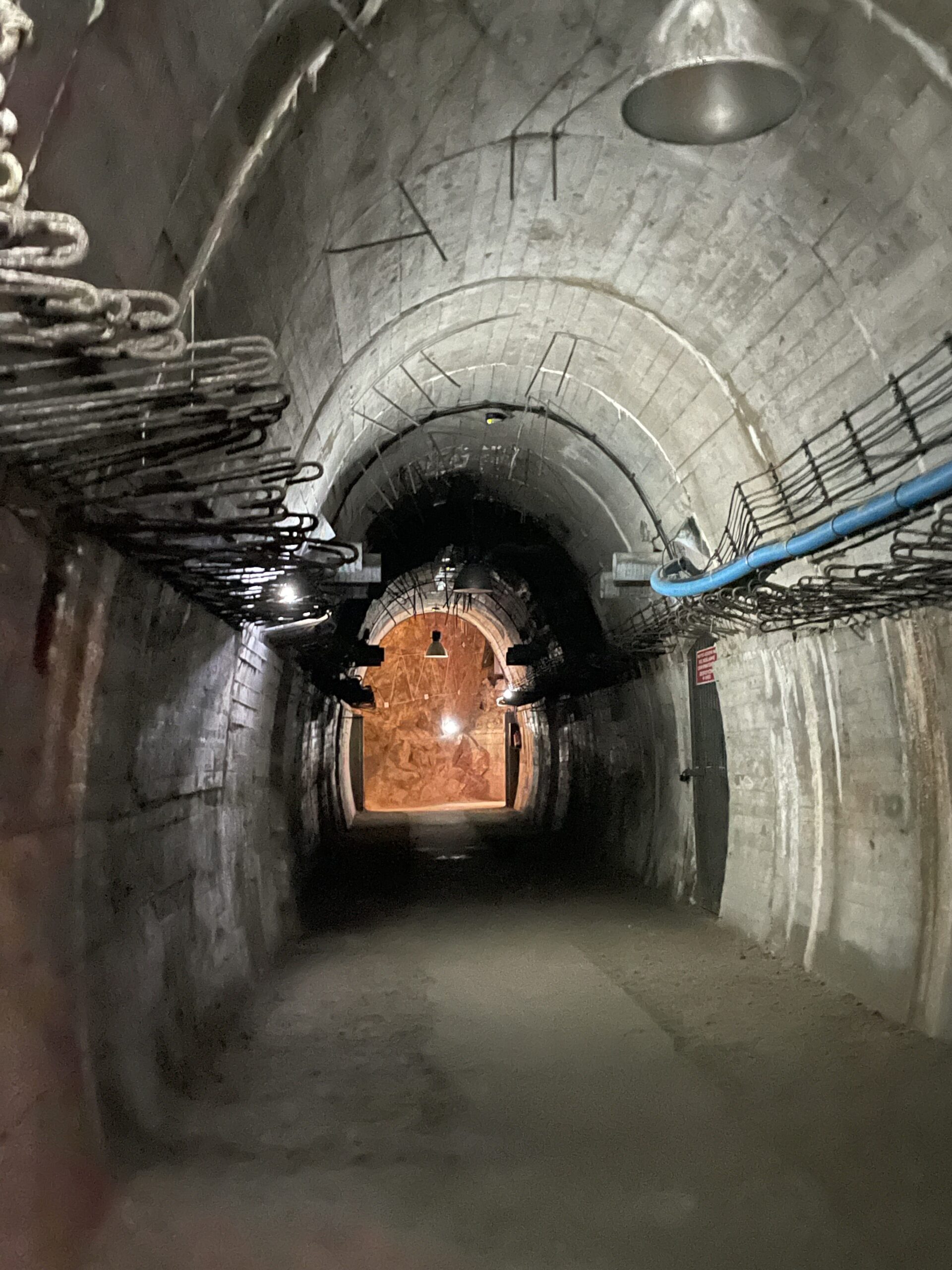 |
-
- Tickets to the complex can be bought online which I recommend doing in the peak season. The tickets are sold for specific hours and the prices differ based on which part of the complex you want to see.
- There are restaurants, cafeterias and souvenir shops within the complex so you can comfortably spend here all day with all your family.
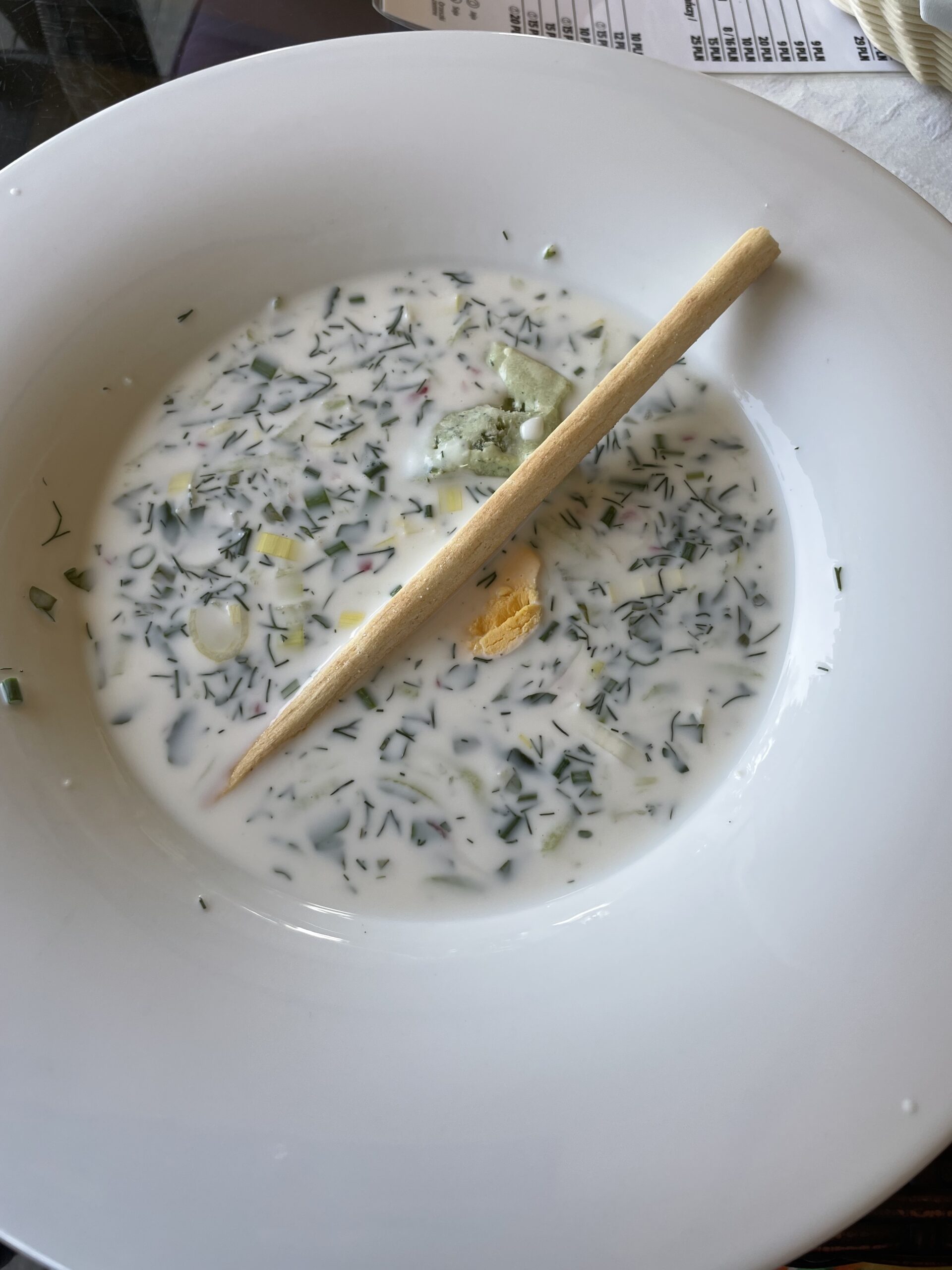 |
- Książ Castle is a perfect day trip if you visit Wrocław or discover Lower Silesia region which has many beautiful towns and elegant residences due to its long mining traditions which made the area very prosperous. Alternatively, you can decide to visit Wrocław and Książ if you’re discovering Dresden in Germany, there is plenty of trains and buses connecting Saxony region and Wrocław.
The beginnings
The first mention of the castle had place in the end of 13th century. The castle had a defensive function and belonged to Bolko I “the Strict”, Prince of Świdnica and Jawor. The fortress was known as “Książęca Góra” or “The Prince’s Heights”. The building was erected on the hill which ensured its advantageous strategic militarily position but also distinguished it among other objects of this type due to its picturesque surroundings in the heart of the forest. Bolko I held the title “Lord of Książ,” which was passed to his successors. After the extinction of Piasts dynasty from the Świdnica-Jawor line, the castle was passed to the Czech kings from the Luxembourg dynasty at the end of 14th century. The premises had many owners through the centuries until at the beginning of the 16th century they became the property of Hochberg family and remained in their hands until 1944. The Hochberg family built their wealth and reputation due to the ownership of large estates and coal mines in Silesia. The business brought the family enormous fortune and made them one of the richest family in entire Europe. They made Książ Castle their main representative residence and rebuilt it in a lavish renaissance style.
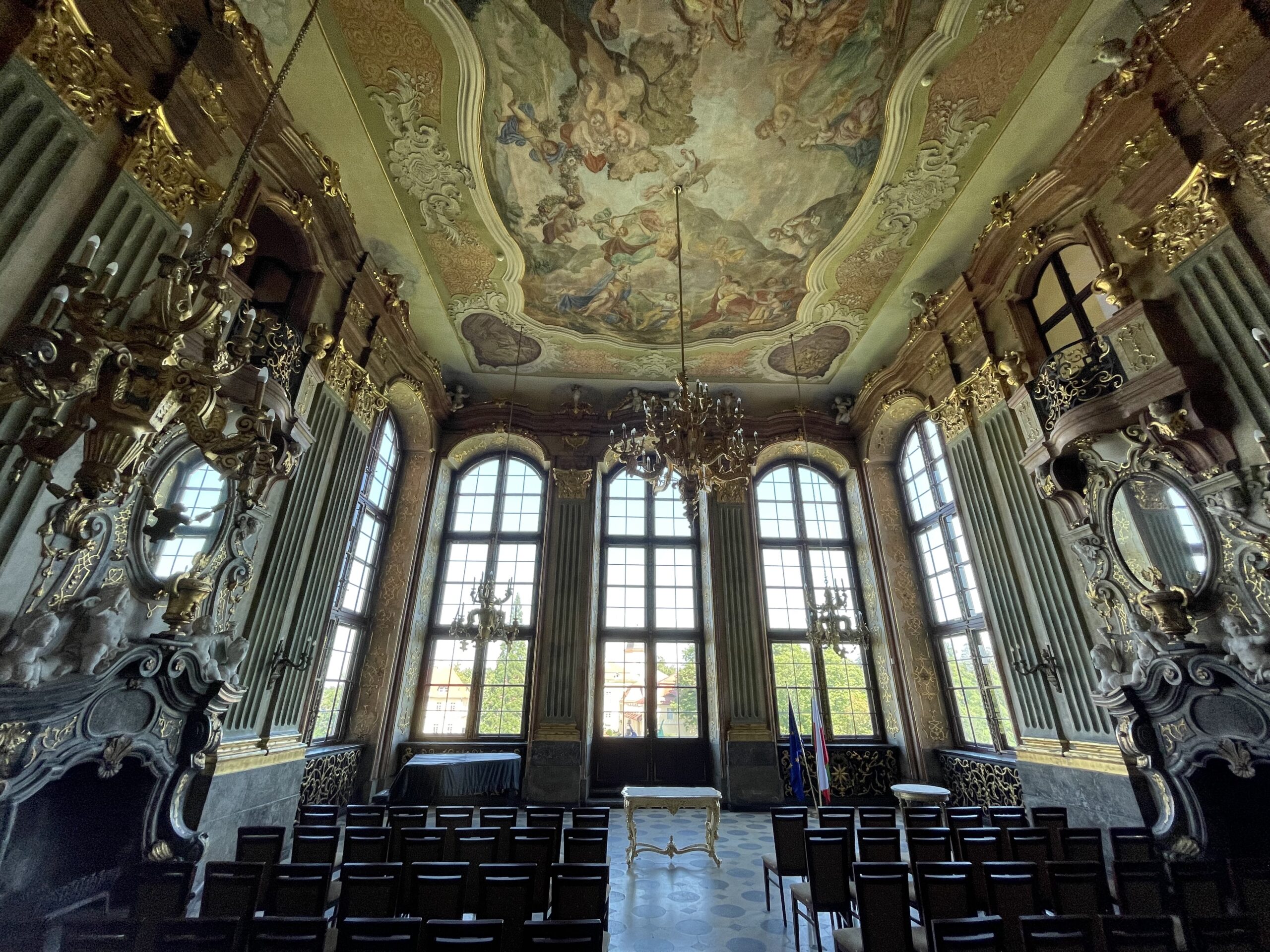 |
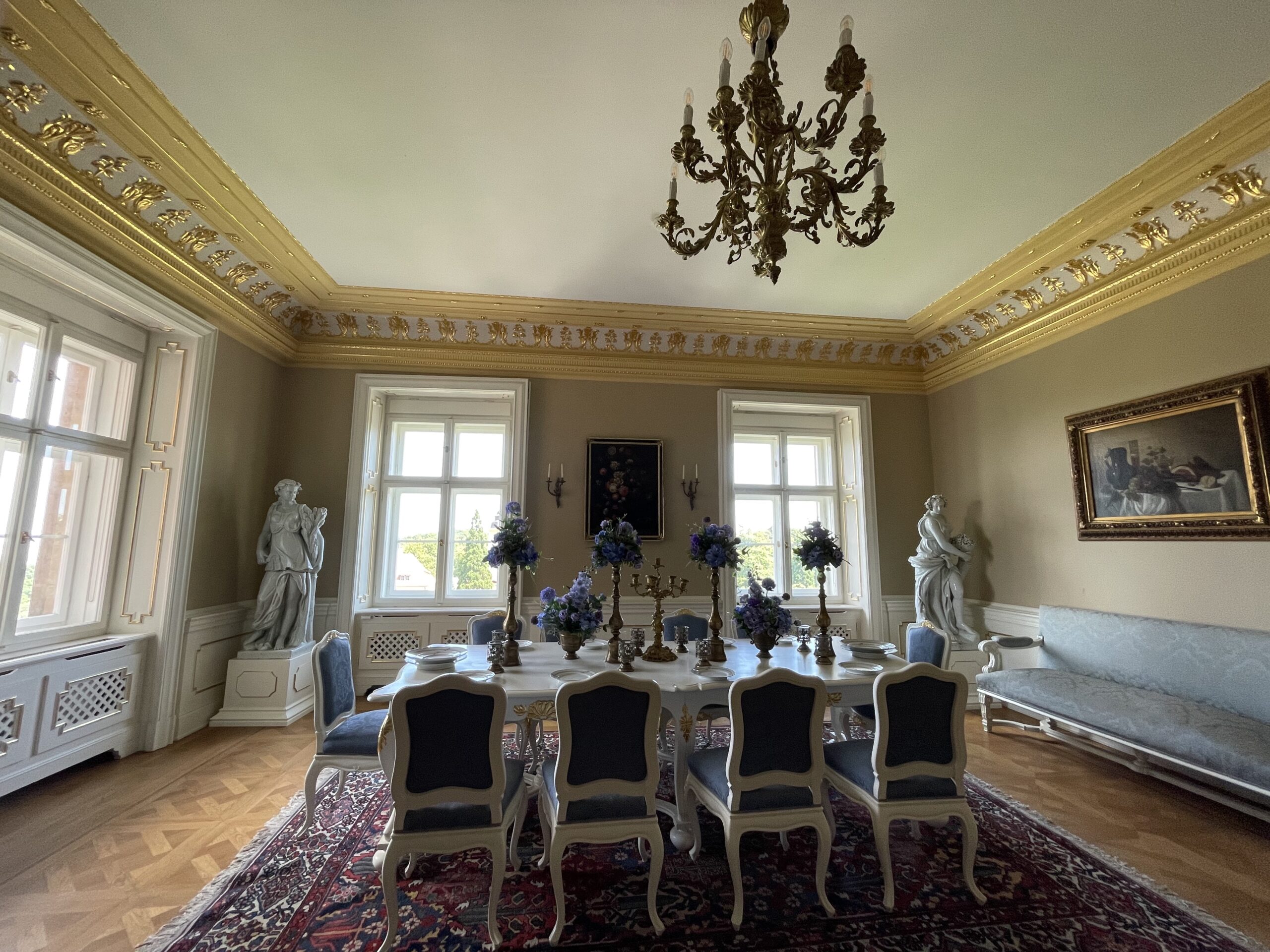 |
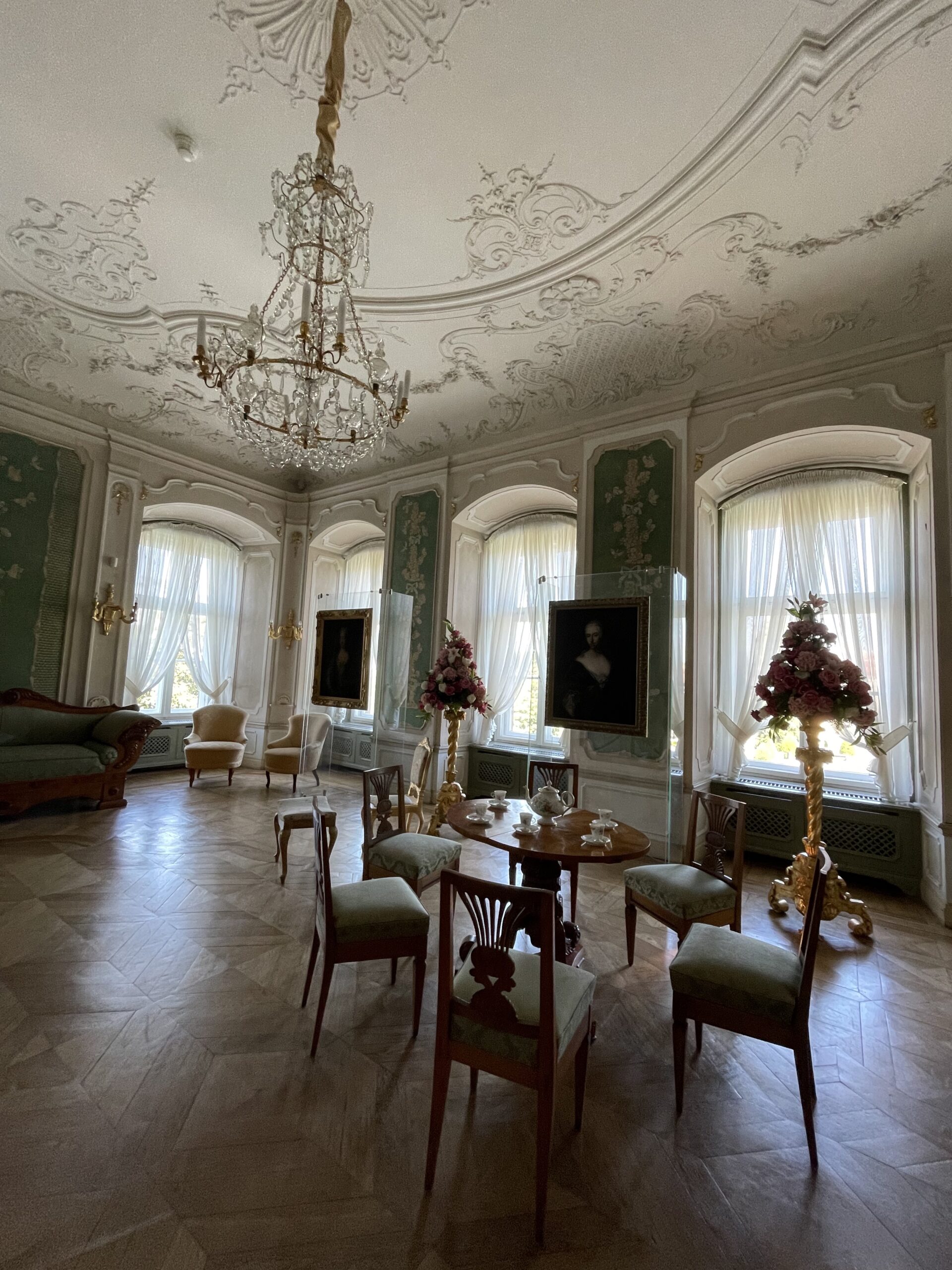 |
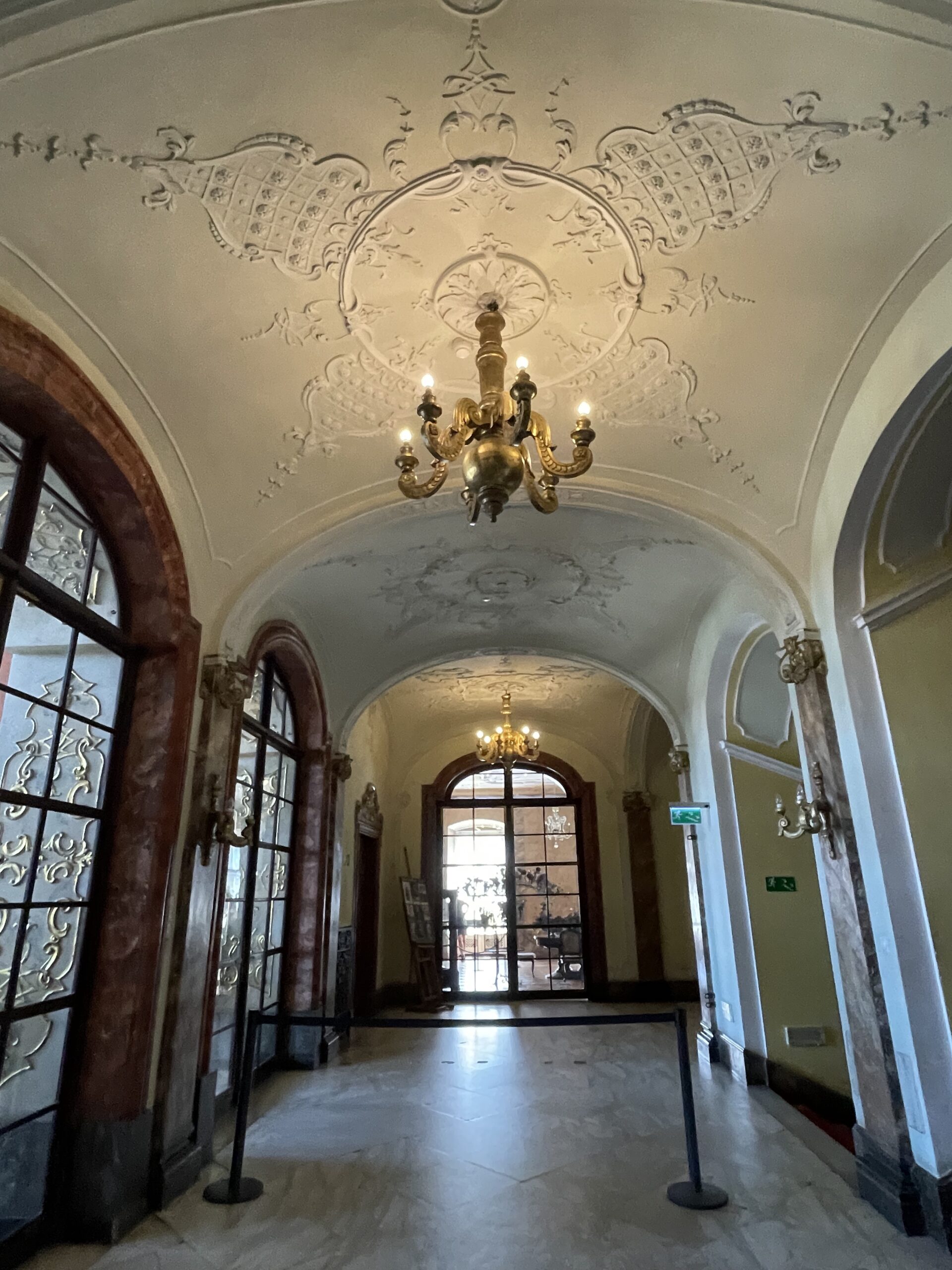 |
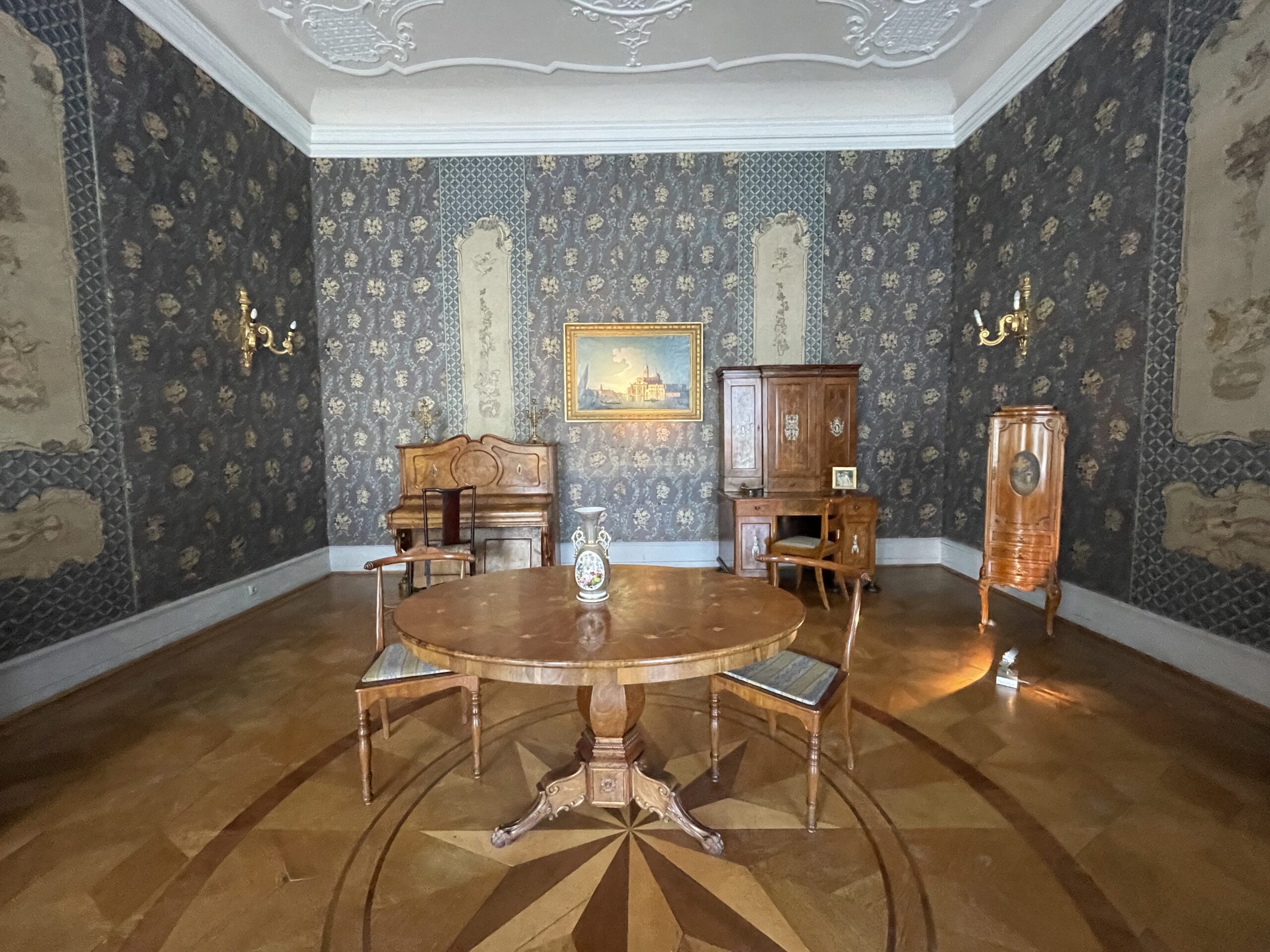 |
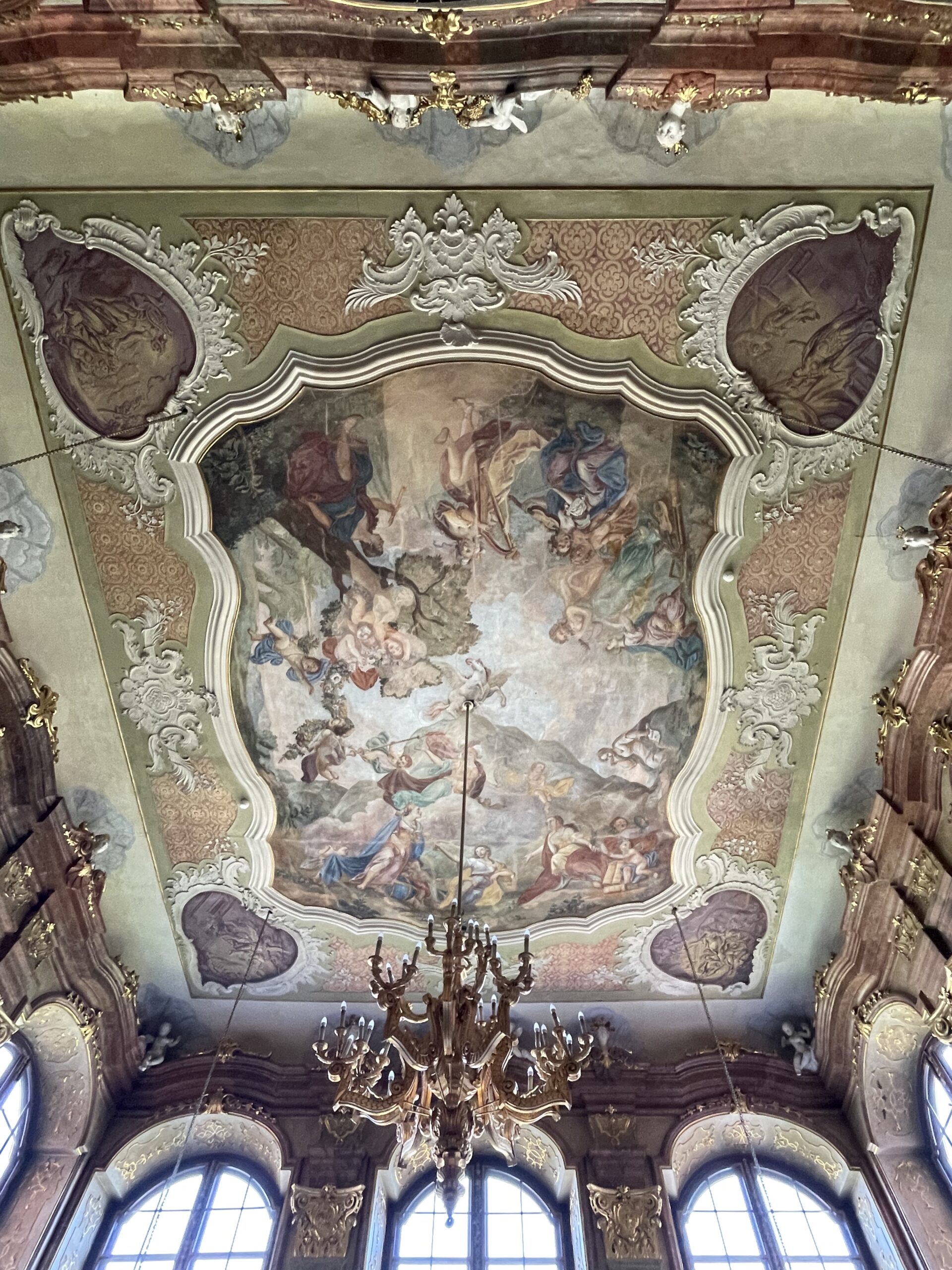 |
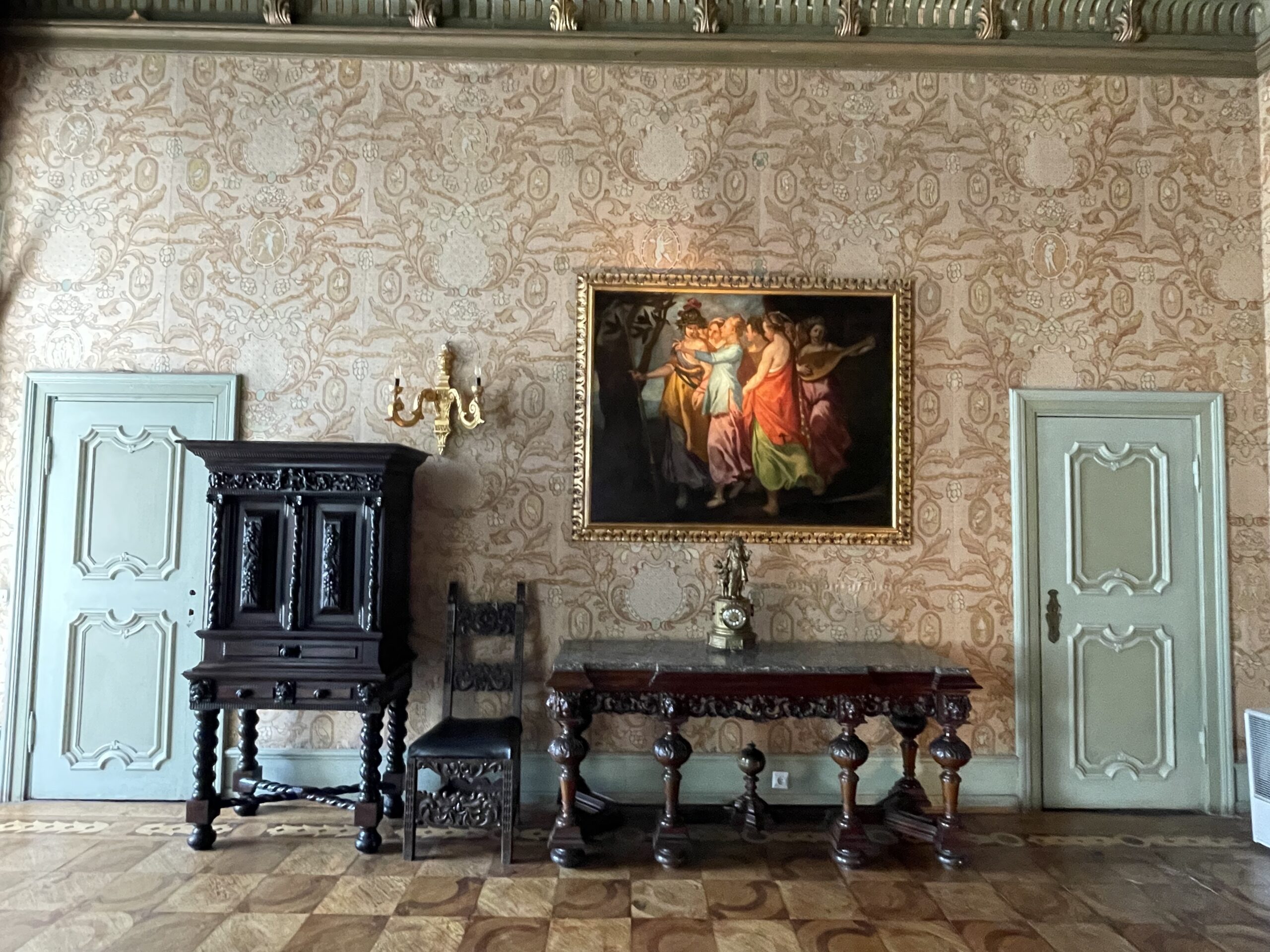 |
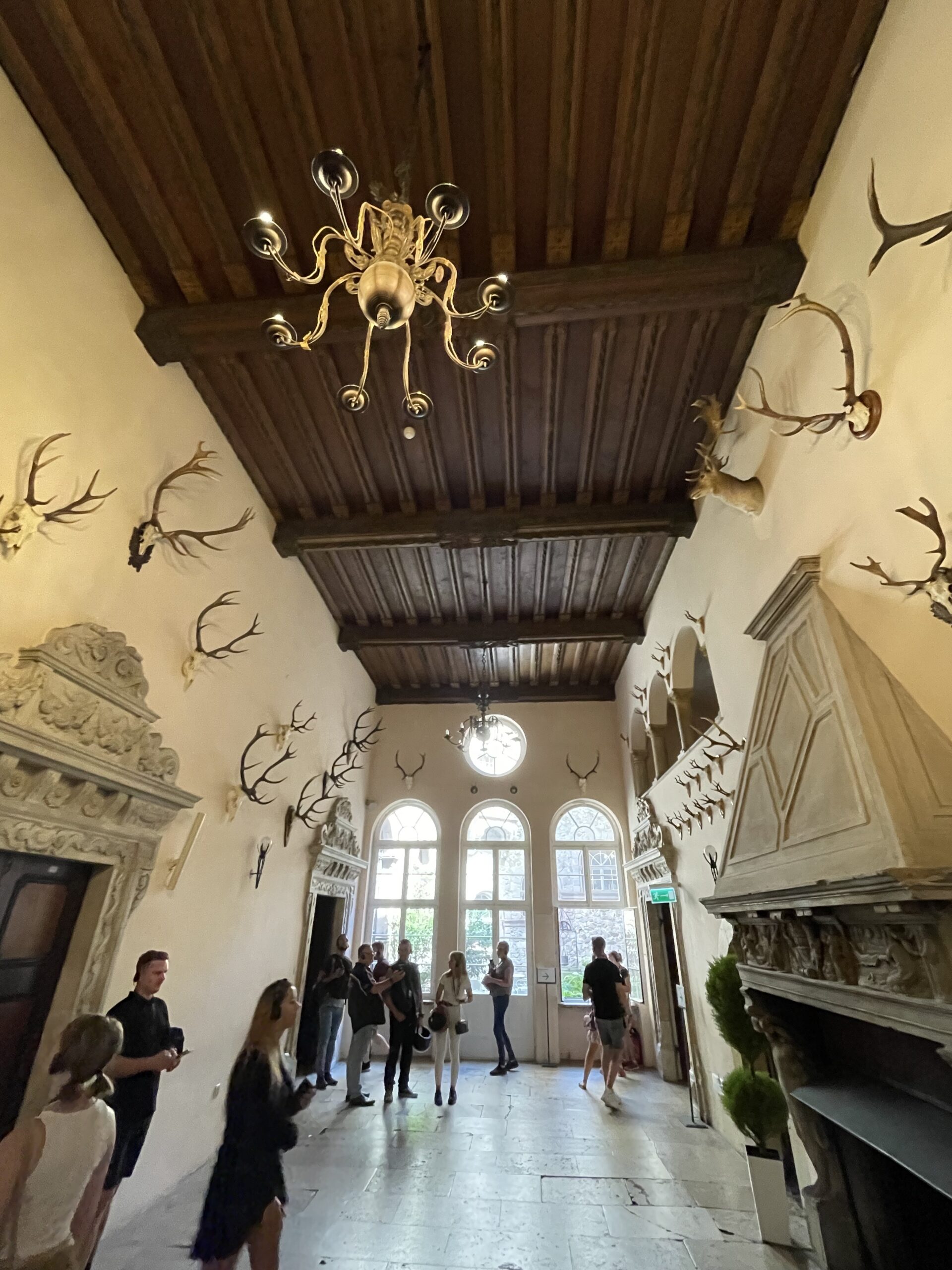 |
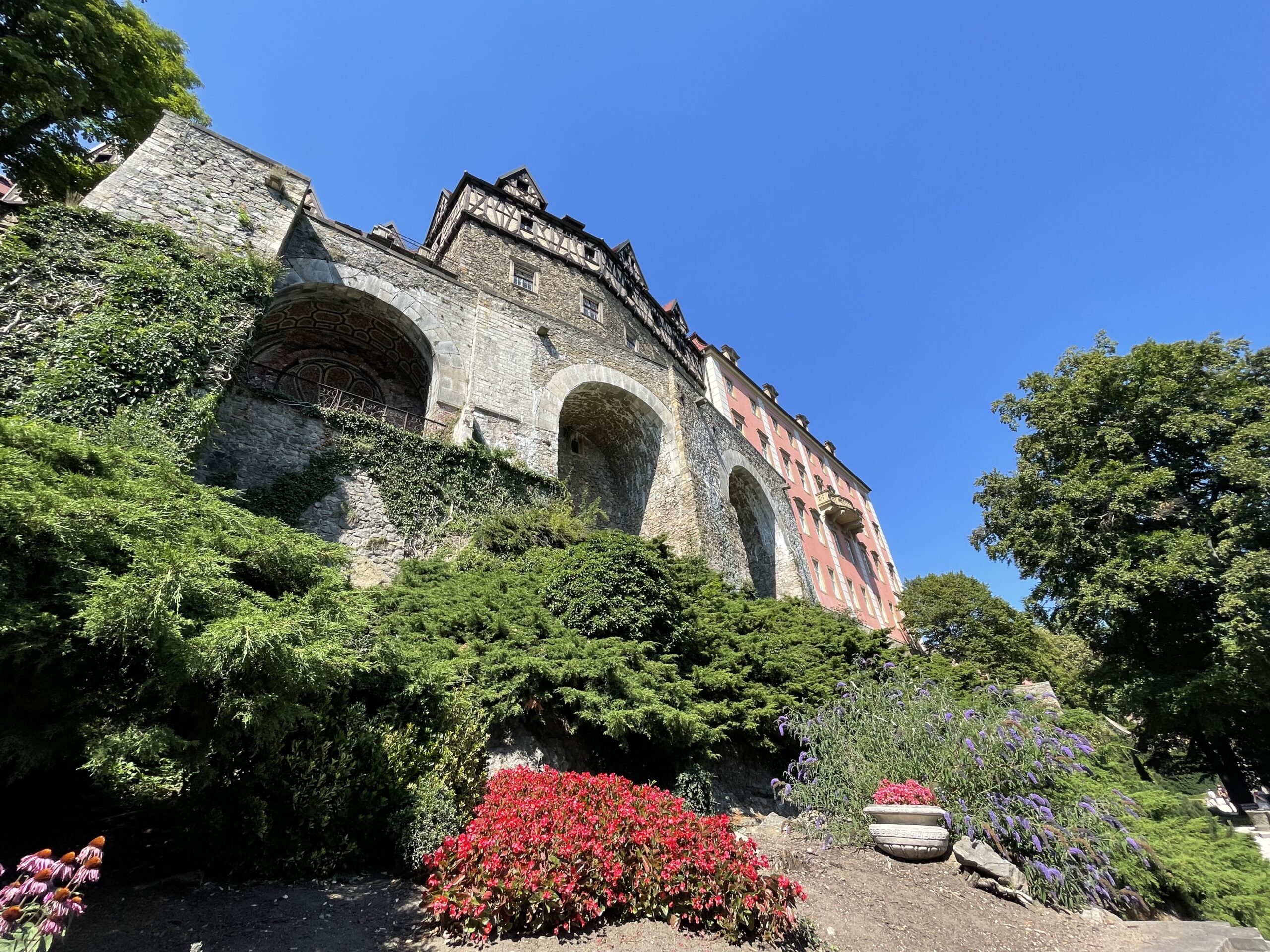 |
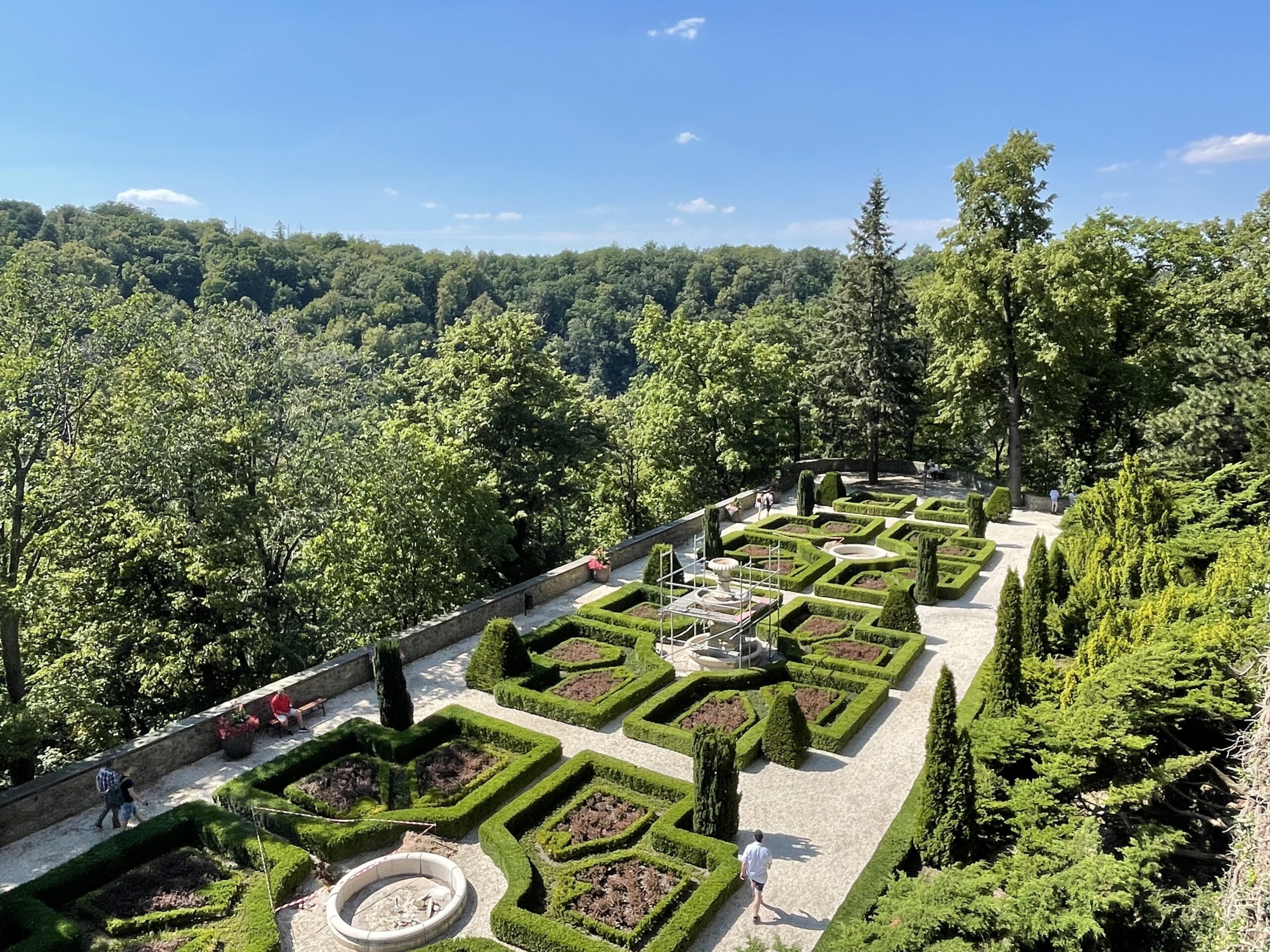 |
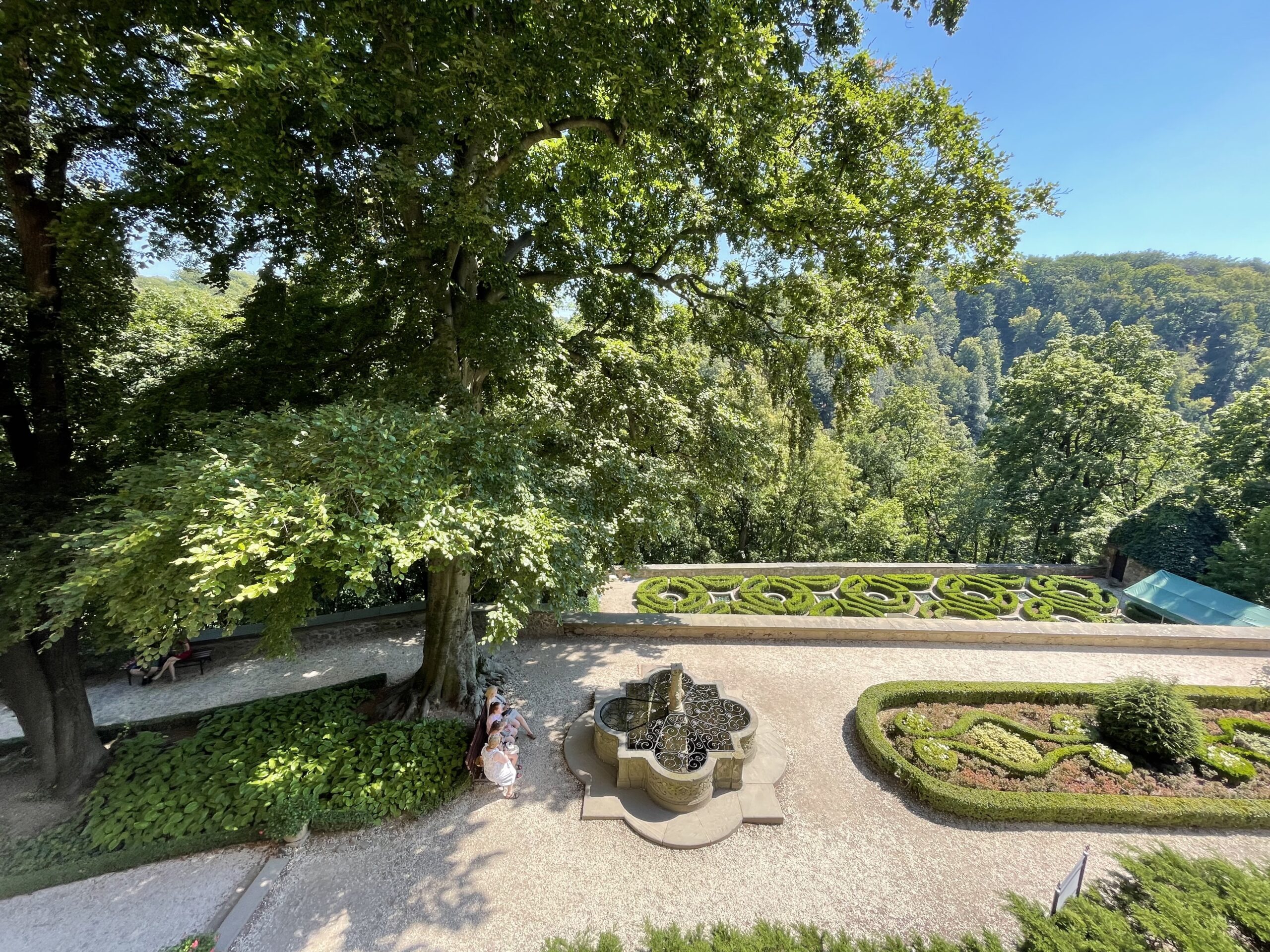 |
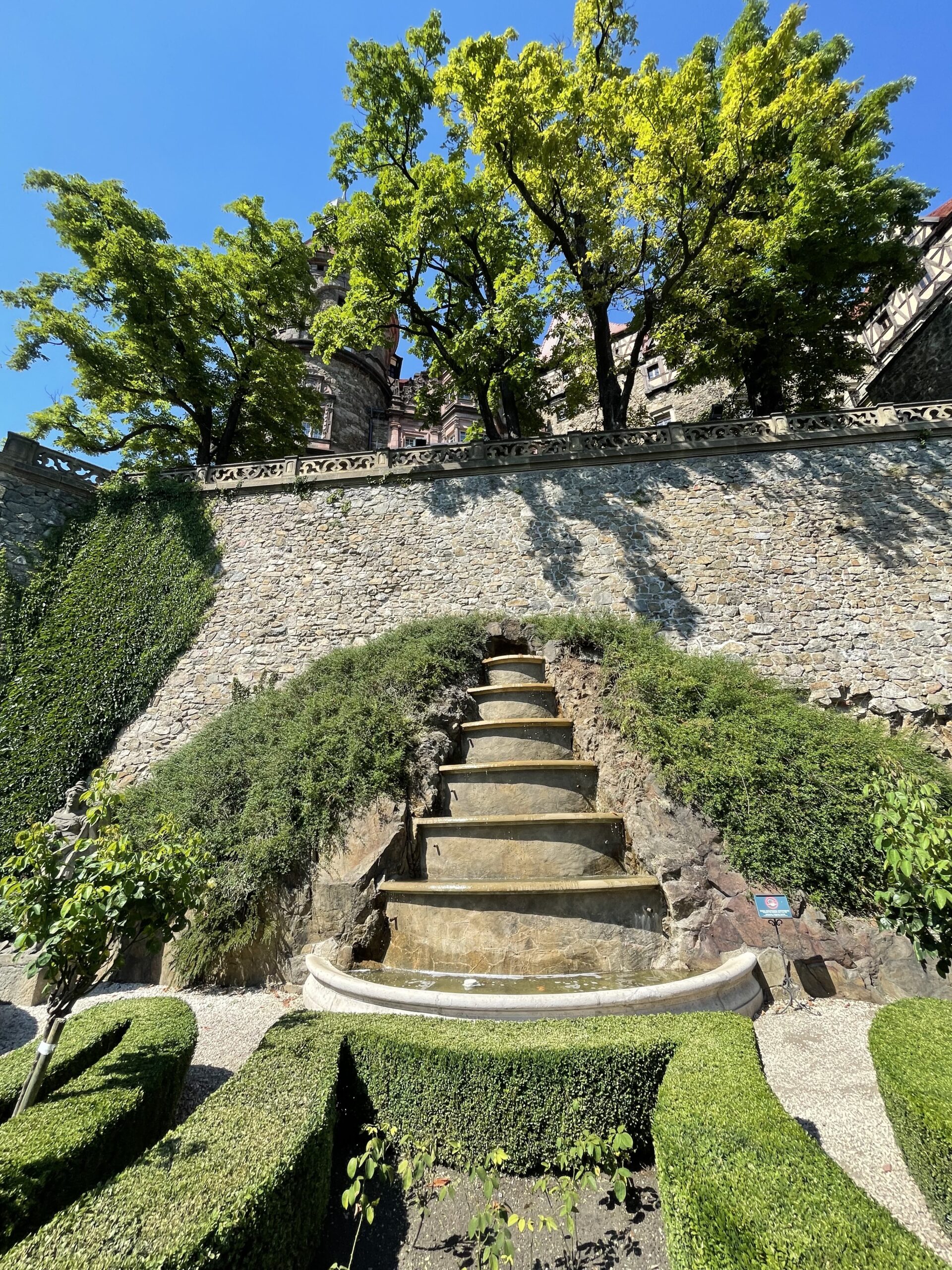 |
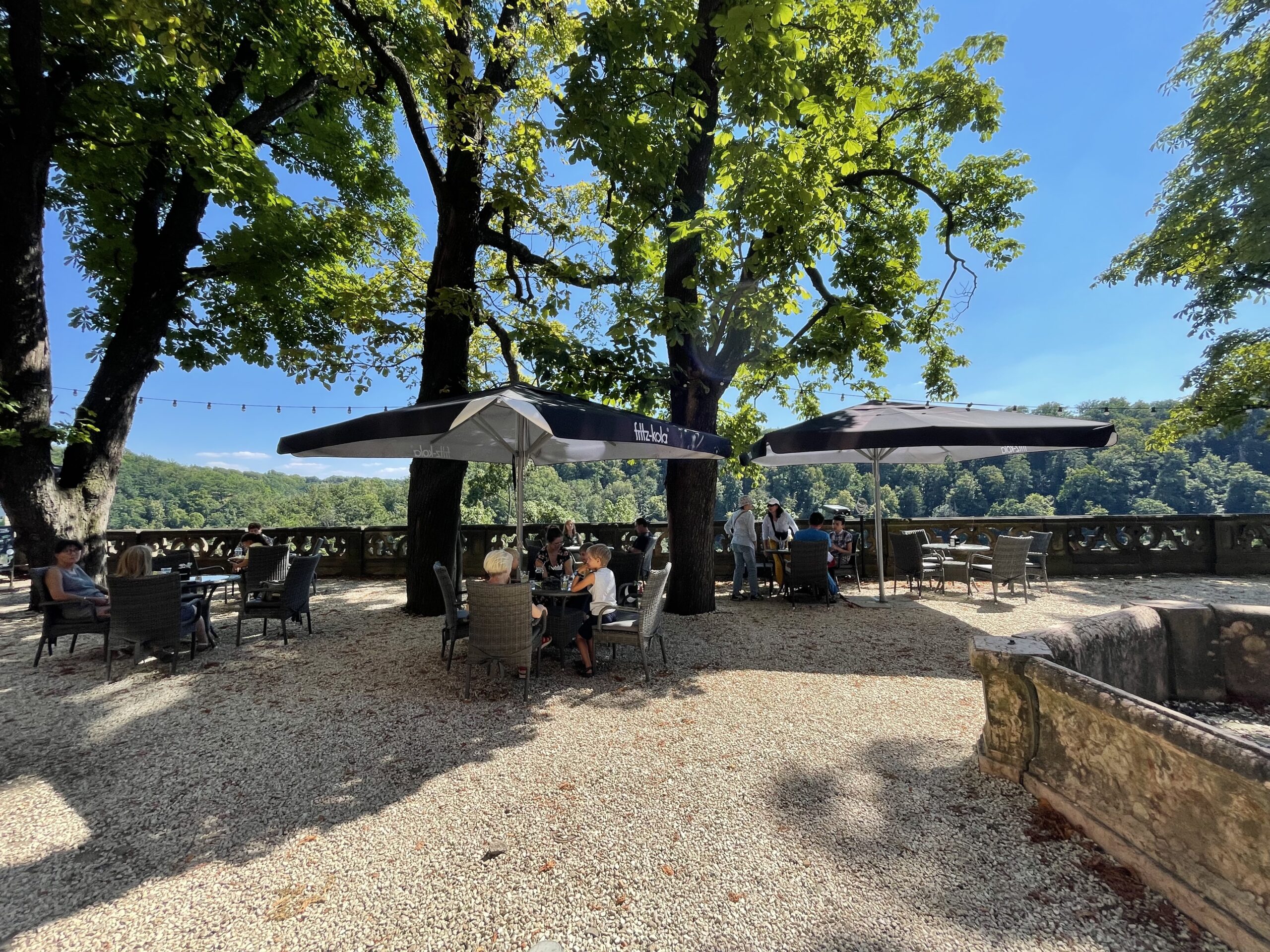 |
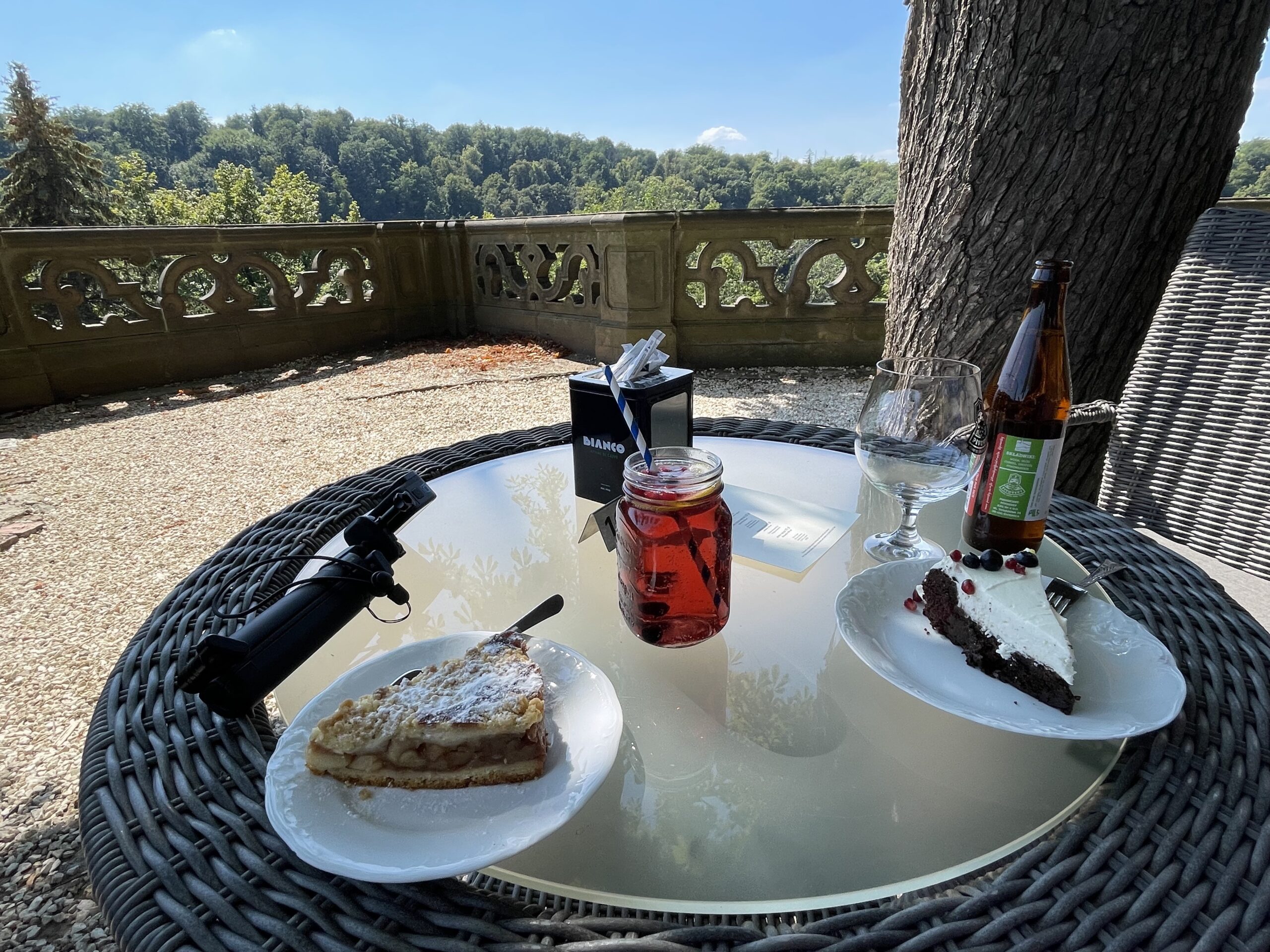 |
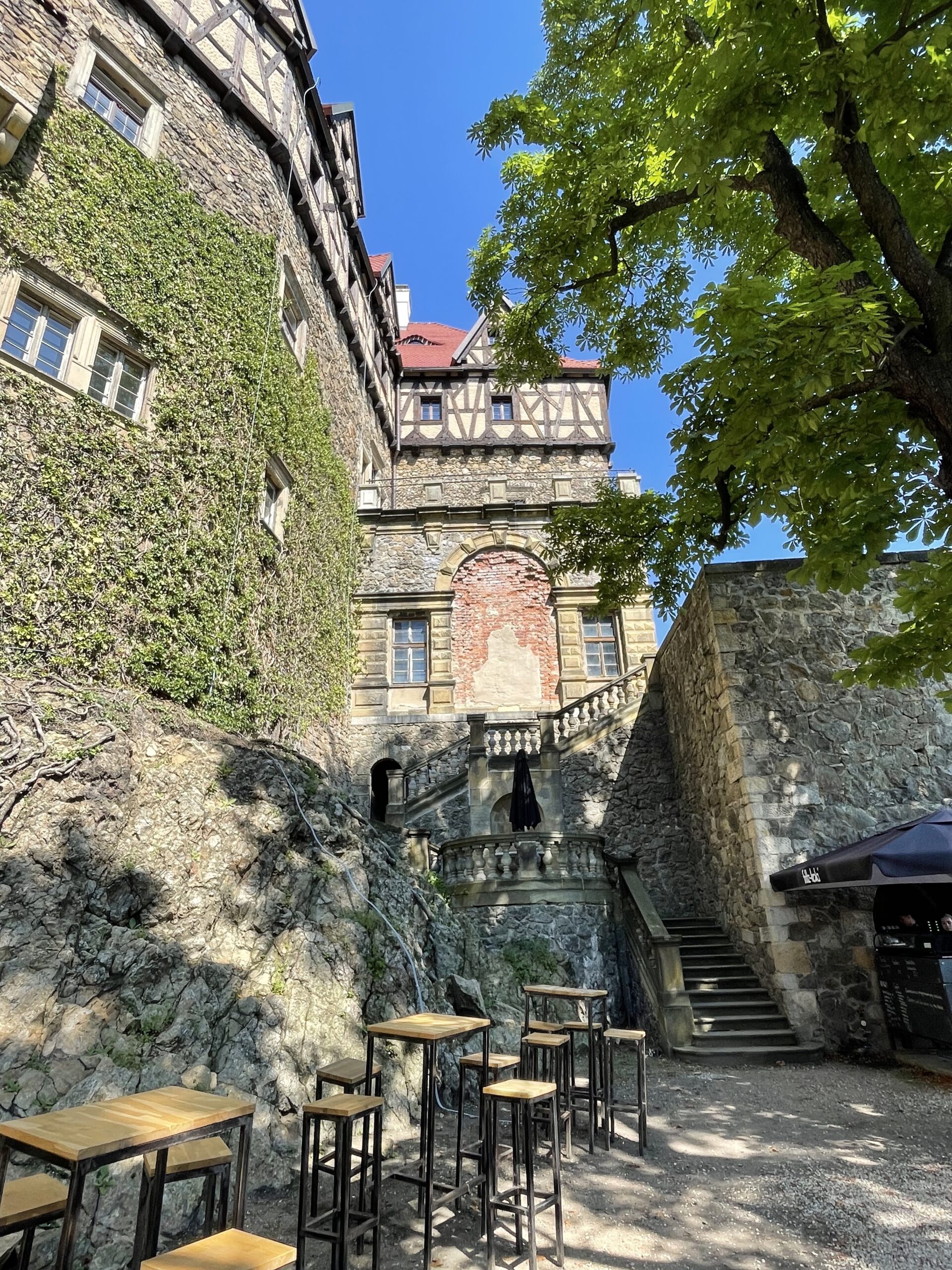 |
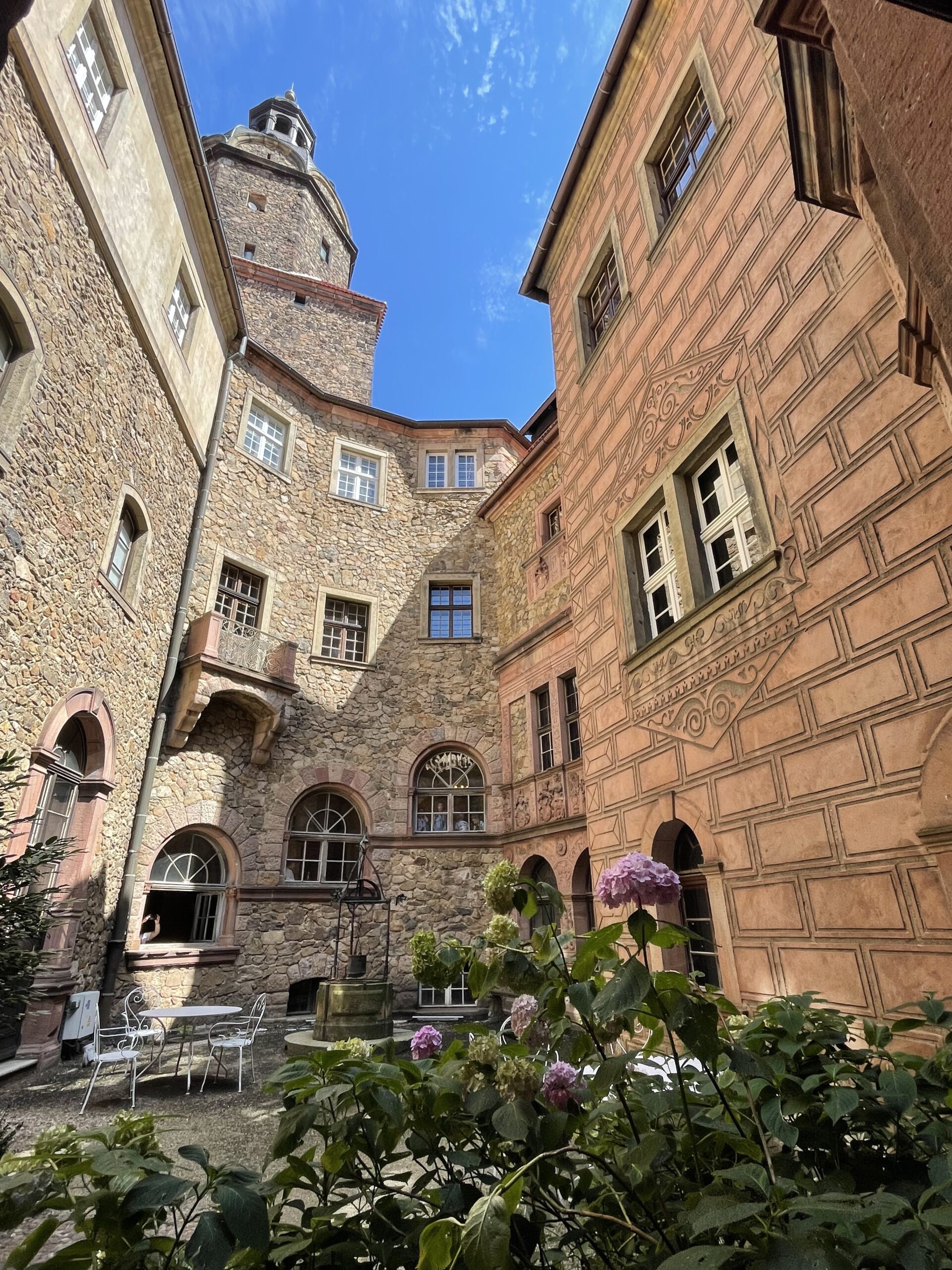 |
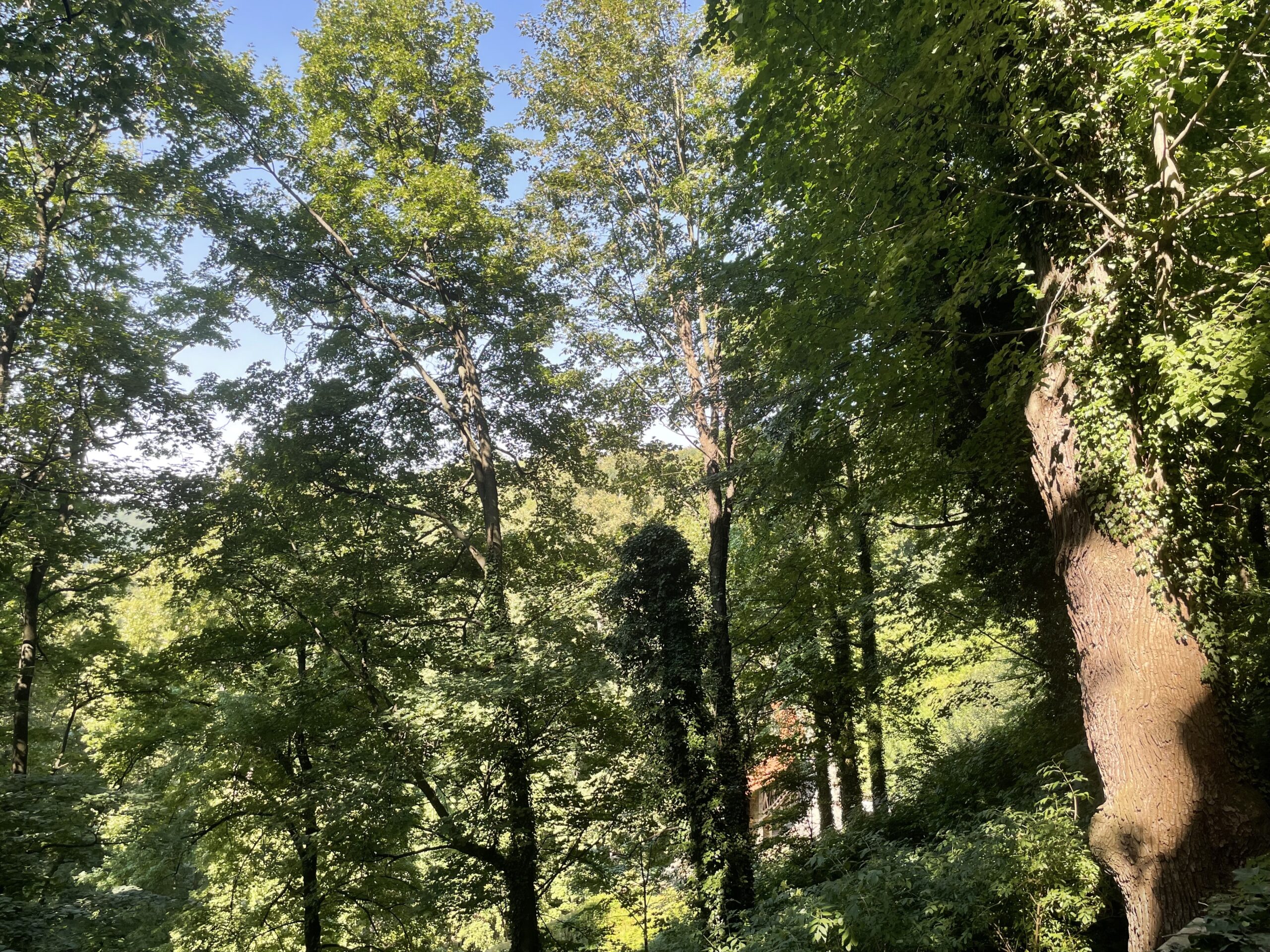 |
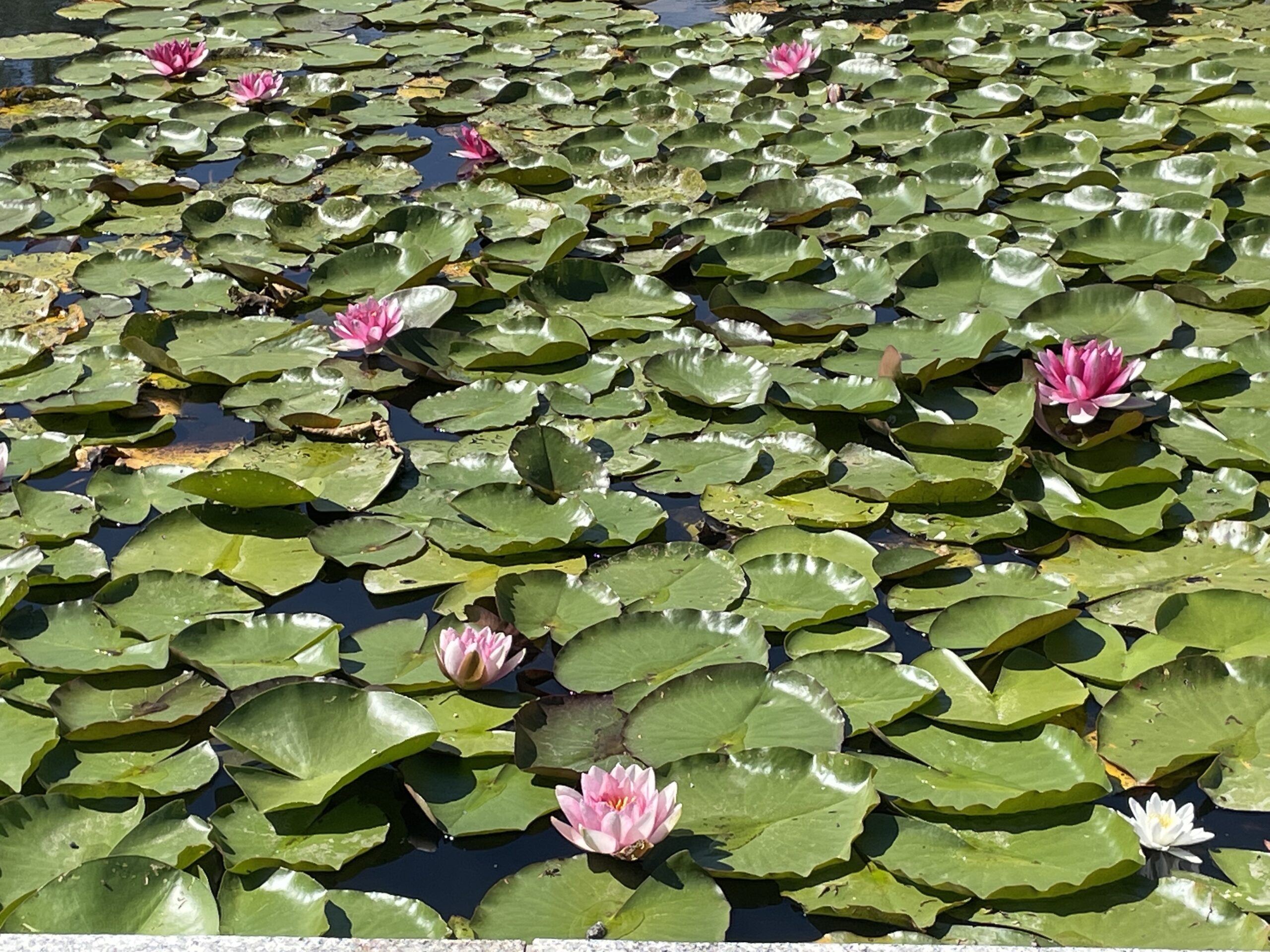 |
The Hochberg Family and Daisy’s diaries
The most known owners of the castle was Hans Heinrich XV von Hochberg who was a Prince of Pless and his British wife Mary Theresa Olivia Hochberg von Pless, better known as Princess Daisy. During the time when the couple inhabited the premises, Hochbergs were one of the wealthiest and most significant families and Europe. Prince of Pless gained even more international connections due to the marriage with Daisy who came from one of the most noble but impoverished British families. Thanks to connections of Daisy, Książ became visited by the kings and queens, princes ands princesses and many other guests from the circles of the highest European nobility. Thanks to the diary Daisy was writing through years of marriage with Hans Heinrich XV (she was writing it during 25 years) we learn how life of the wealthy aristocratic family looked like. We can read how lavish lifestyle the upper levels of society had in Europe in 19th and first decade of 20th century.
Pless family lead the typical extravagant life of European wealthy nobility. Reading Daisy’s notes one can notice a certain routine of the couple formed through the years. They were spending their winter in the court in Berlin, travelled to the French Riviera for spring and from May to August resided in London to take part in balls, races and sailing regattas in Cowes. In the autumn the couple hosted their distinguished guests for hunting season after which they travelled to their second residence (where her in laws lived) for Christmas. Despite so busy schedule and frequent absence from home, Daisy was engaged in many charity initiatives in the region trying to improve the safety and living conditions of people from local villages who mostly worked in the mines owned by Hochbergs.
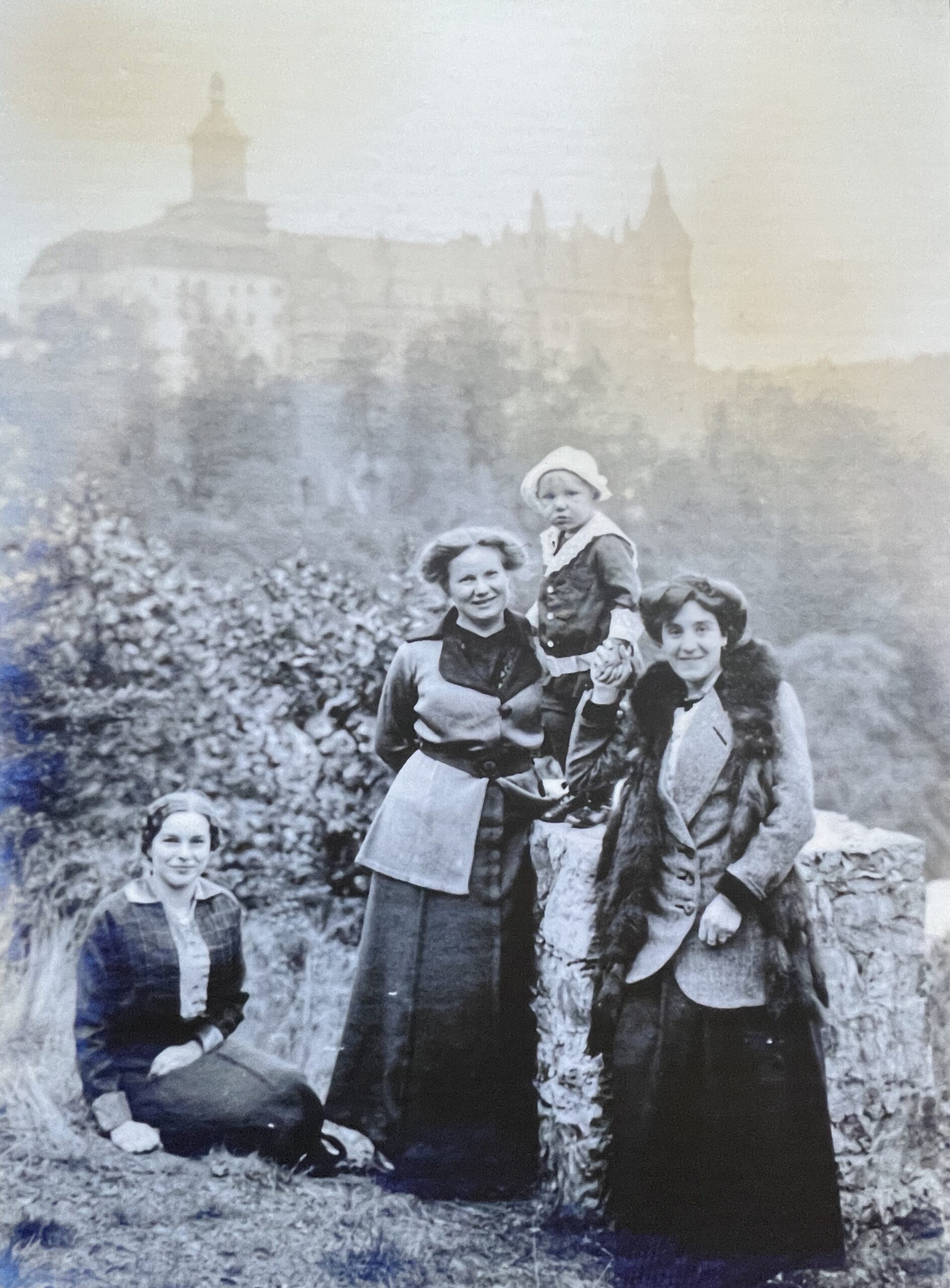 |
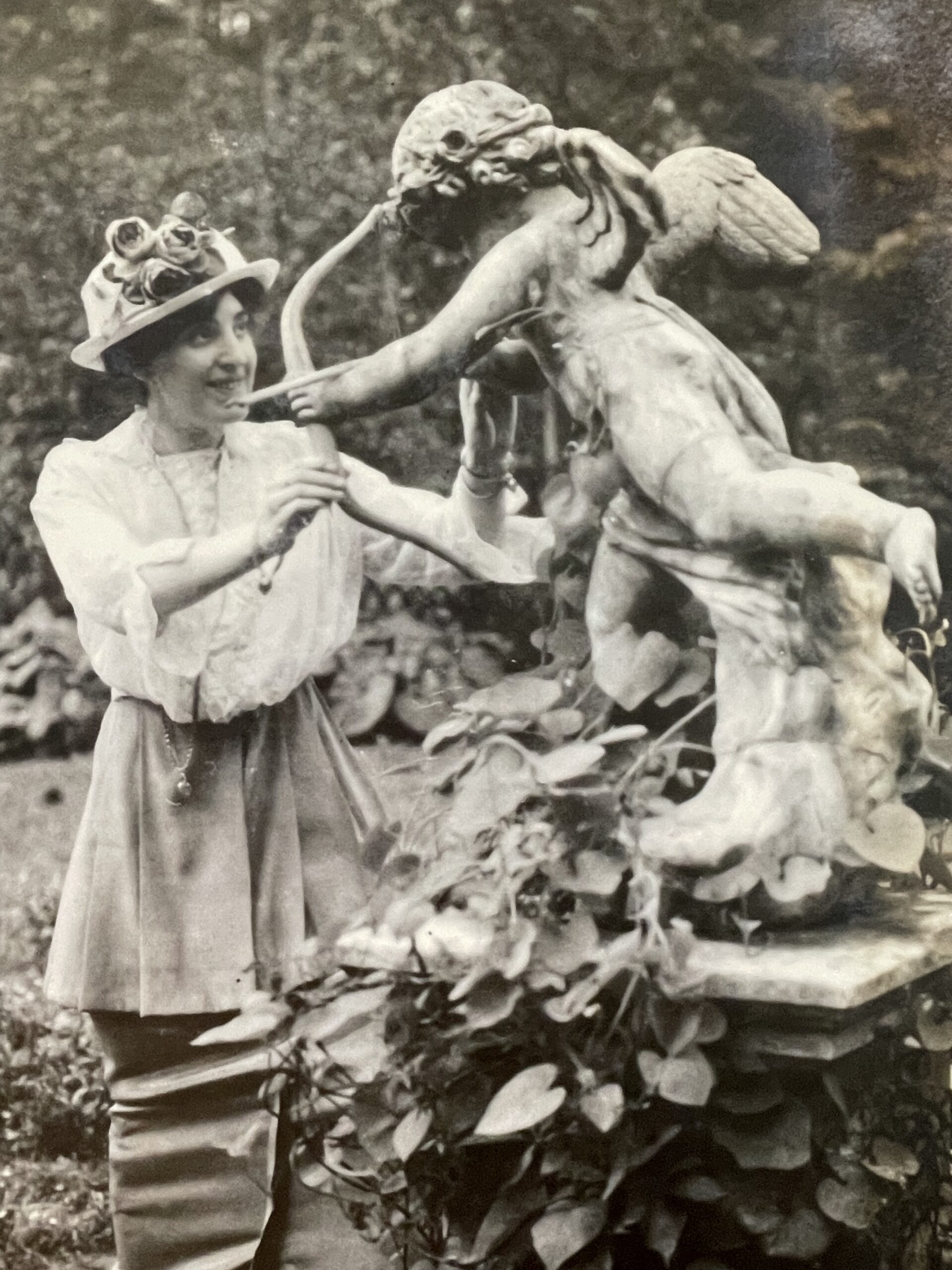 |
 |
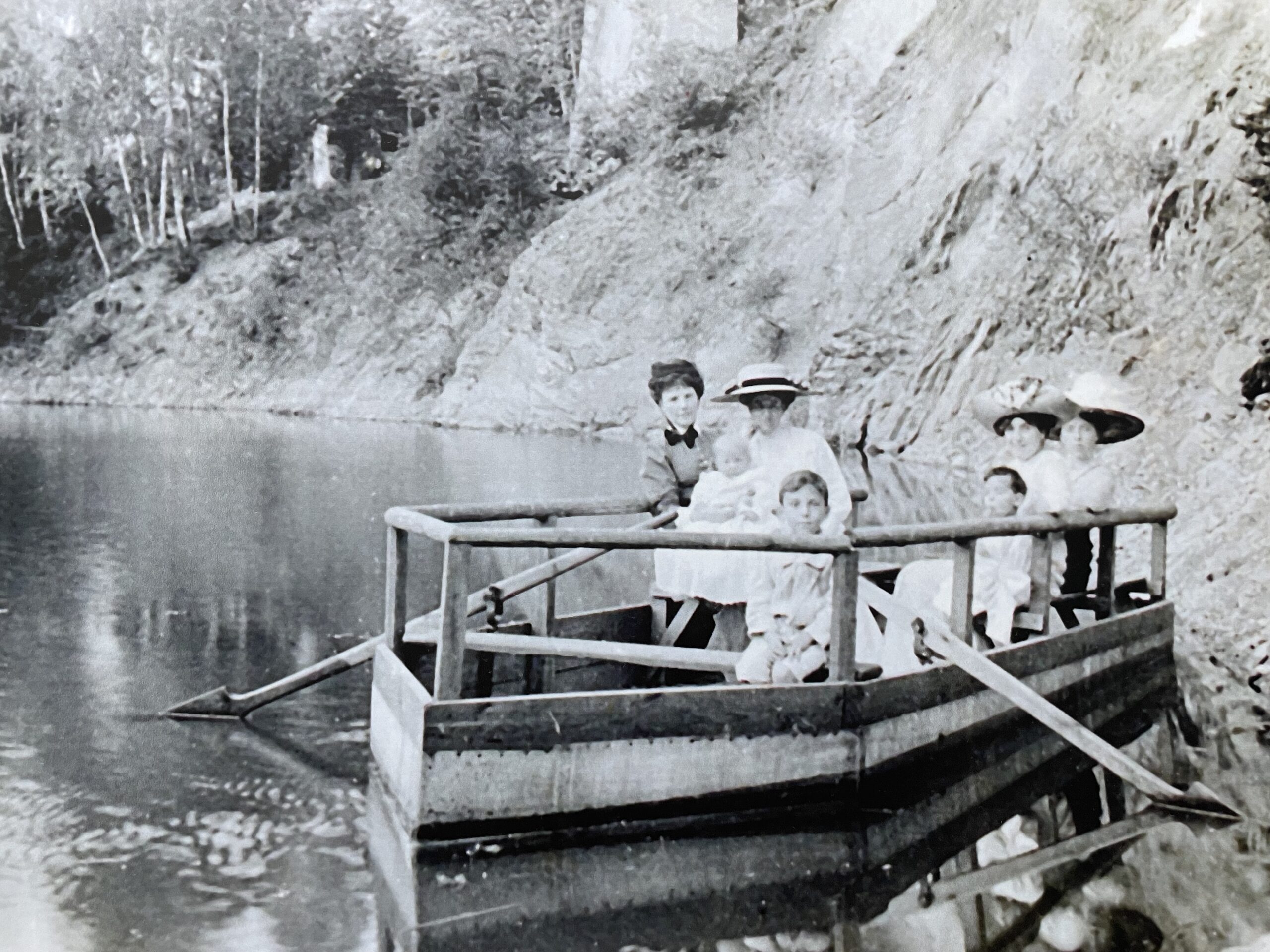 |
The Princess did not receive extensive education neither pretended to be intellectual, thus her notes contain spontaneous comments and reflections on events (those we know from history as well as from domestic life of a privileged family) and people of her time which gives an interesting insight into the era in which Daisy lived (which was a very tense political period before WWI and the twilight of a lavish life of many wealthy European dynasties).
If you want to learn more about life of Hochberg family and Princess Daisy in particular, I recommend you reading the book: Better Left Unsaid (From My Private Diaries) by Daisy Princess of Pless which is a compilation of letters, documents and diary entries selected by Daisy. If you’re Polish reader, you can have an excellent translation of Barbara Borkowy (Lepiej przemilczeć. Prywatne pamiętniki Księżnej Daisy von Pless z lat 1895-1914).
End of Hochbergs’ era
End of the WWI brought many geopolitical changes. Książ Castle and the surroundings mines became part of Poland and Pless family lost big part of their fortune. During the WWII, the premises were seized by the Nazi regime and the mysterious project Riese was developed here between 1943 and 1945. It consisted of the underground structure of unknown until now purpose since the documentation was destroyed by Germans when withdrawing from the region. Part of the tunnels are possible to visit today (you need to choose the ticket fare including the corridors).
After the WWII the castle was left unattended, its condition worsening and the premises being robbed by impoverished locals. Only starting from 1956 the were securized from the further devastation. In 2005 the castle undergone an extensive renovation and the estate became open to visitors.
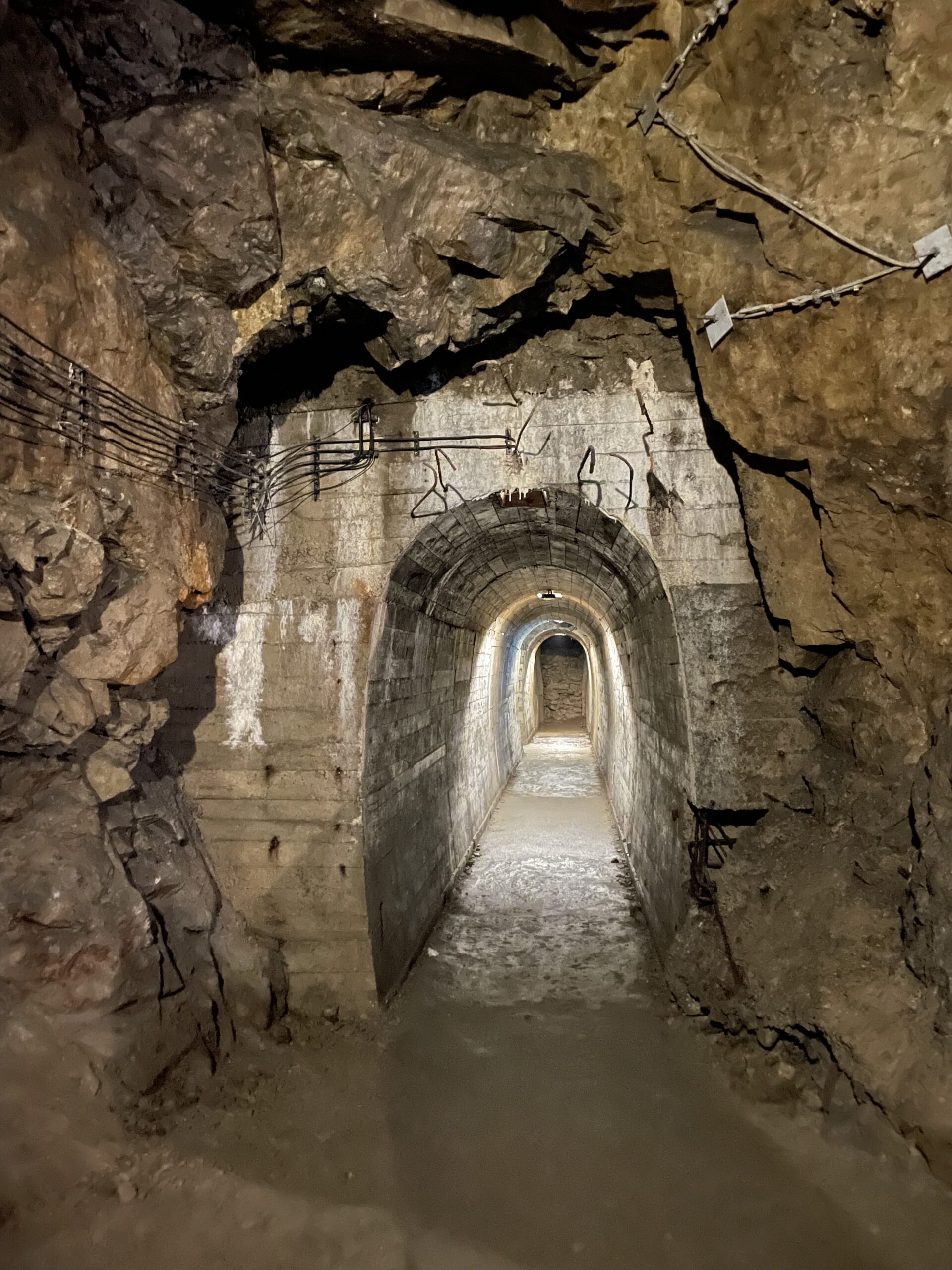 |
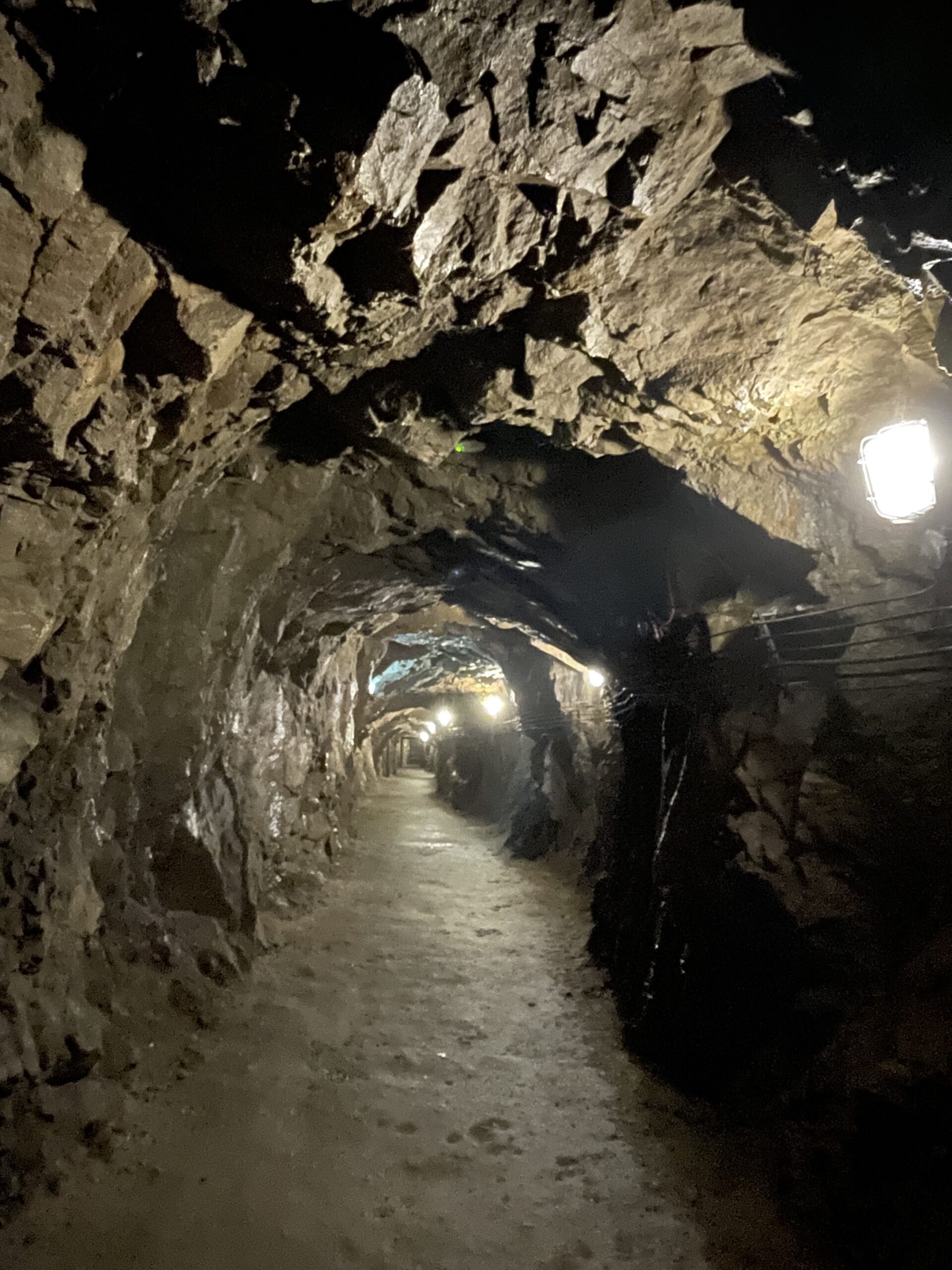 |
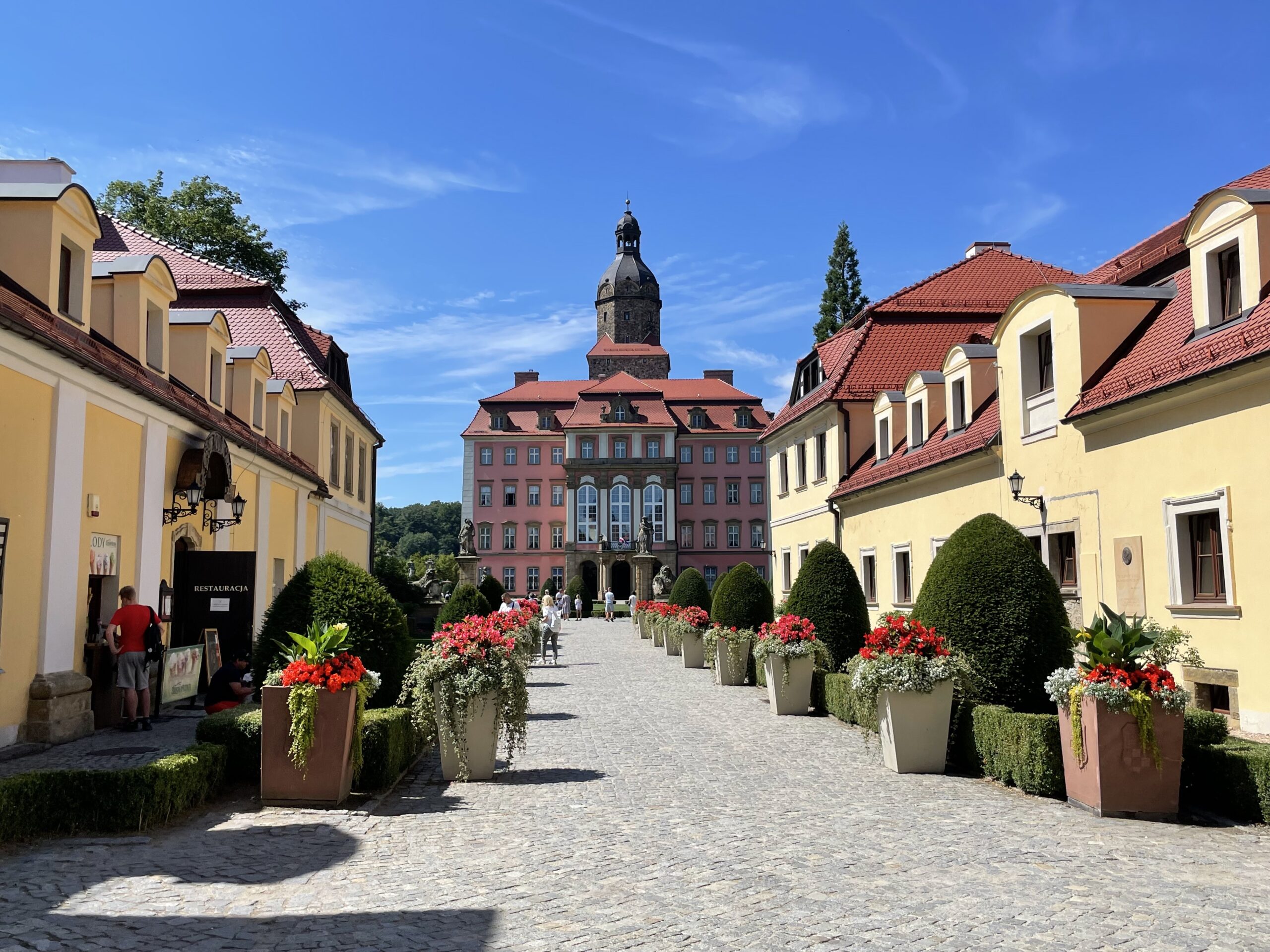 |
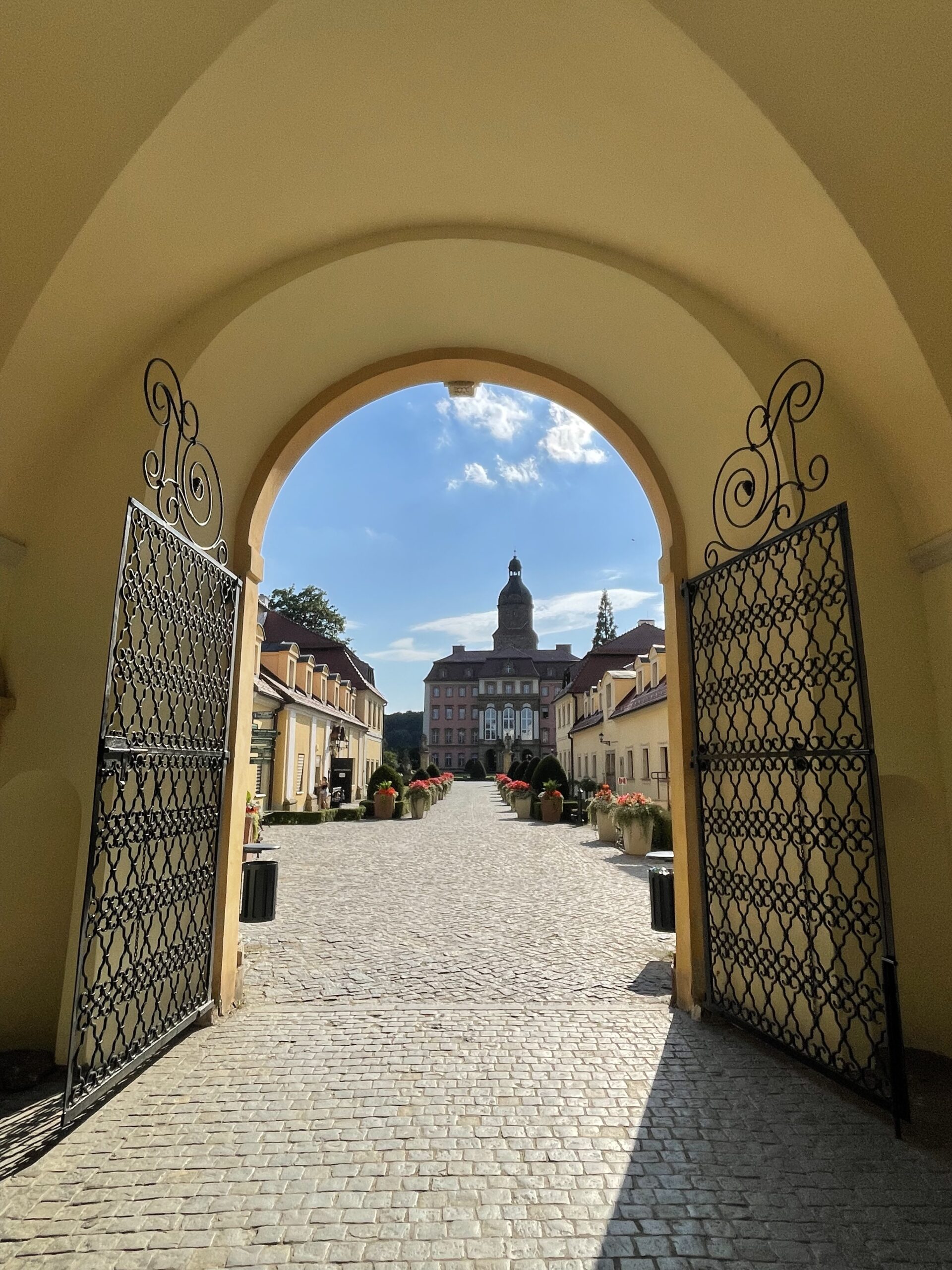
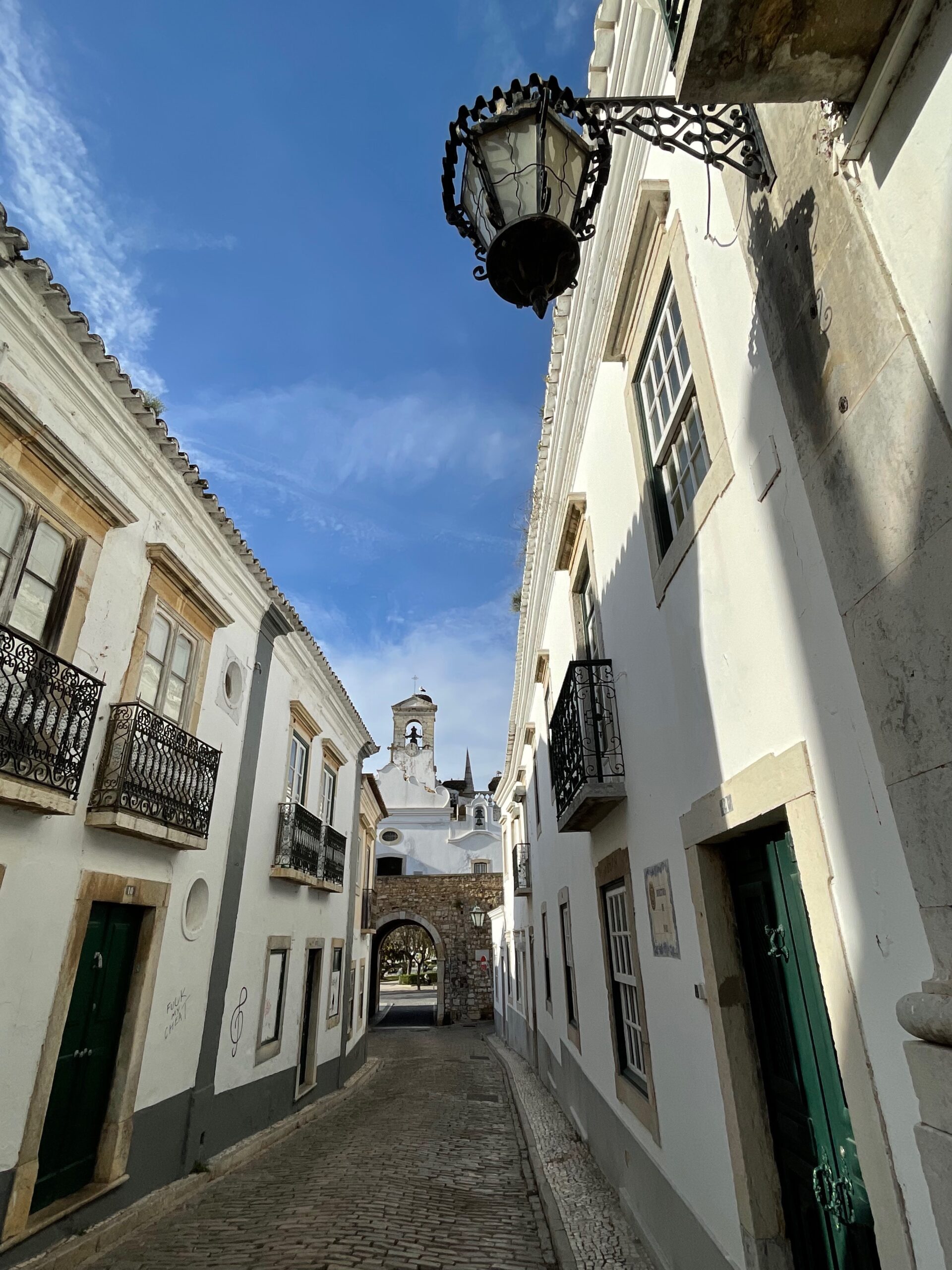
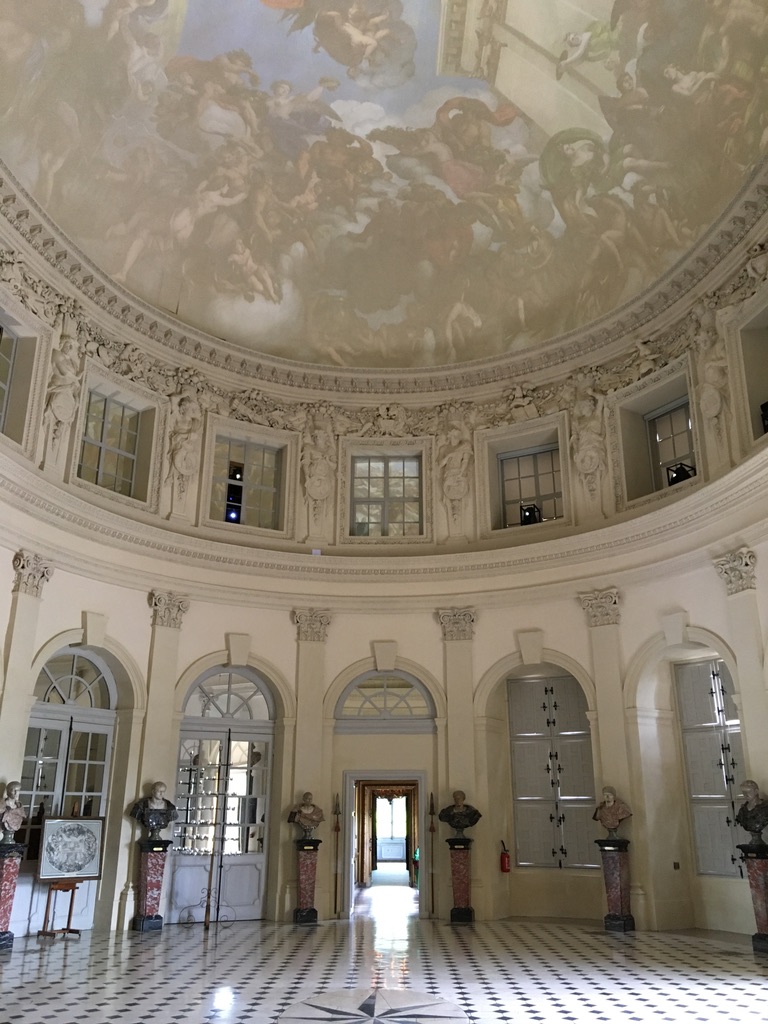
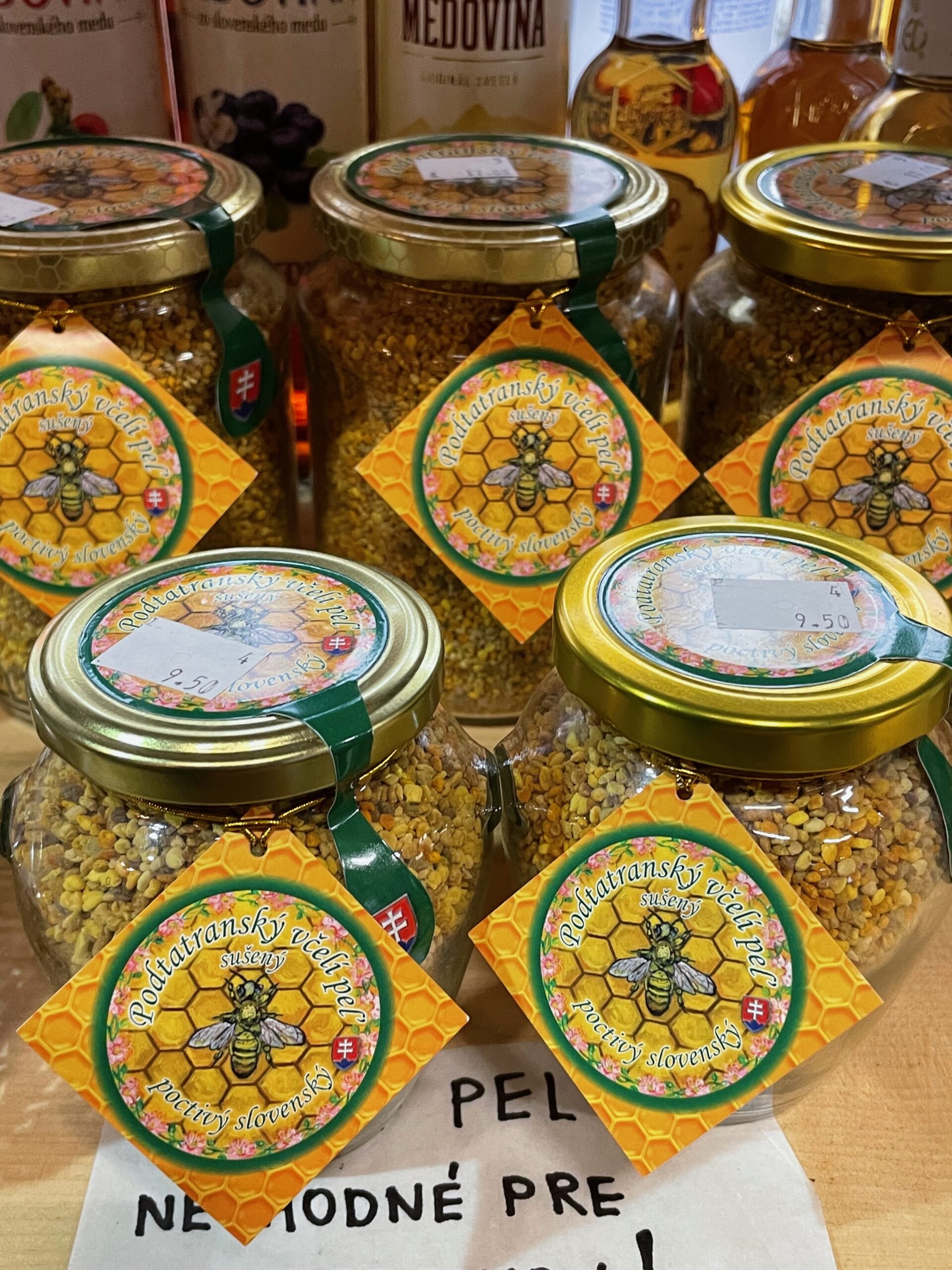
It’s nice that your write about this Polish castle in English, it deserves to get some international recognition. I have visited Pszczyna castle so far and get fascinated by the history of Hochberg family. You encouraged me to get the book with diaries of Daisy, love this kind of literature! I guess from pictures is best to come when it’s green to enjoy the forest walking…so nice!
We’re thinking to come to Poland for the first time in the spring and just planning our trip. Your post about Ksiaz intrigued me, the place looks really like from a fairytale. My husband and I love to visit historical places, especially old climatic castles, so now we think to spend few nights in Wroclaw and see Ksiaz, maybe then see some nice towns around too?
This is a really interesting place! I love castles and would like to discover them more when on holidays in Poland. My husband is British and we visit with children every year. I’d love to show them my country and charming sites like this one! Thanks very much and I need to read more about the history of the family who lived there, sounds very intriguing!
I love visiting places off main tourist track;) In Poland I discovered Malbork, really great castle.
I think a day in Książ is a really charming idea, my husband obviously got interested in the dungeons. Btw, I also read your Polish souvenir guide, it’s a really good one!
That’s a side of Poland I weren’t aware of! We’ve been to Krakow and Zakopane for a week once and though to come back to see more and that’s kind of sites we’re searching for. Hope you can write once about Wrocław too!
I found some pictures of Książ Castle in my tourist guide and started searching, I like your info here and all the story behind the place. On my bucket list for Poland;)
Dzień dobry,
Jakie piękne miejsce w Polsce, nigdy nie miałam okazji zwiedzić. Wybieramy się z rodziną do Wrocławia, i podjedziemy samochodem do Książa. Mam nadzieję, że wczesną wiosną też jest uroczo, bo te skąpane zielenią ogrody wyglądają niesamowicie…
I learnt about Ksiaz since it was featured in some travel magazine and appeared on my Facebook feed. Nice to dig out some more information on your blog. Is this castle on UNESCO list? Anyway, someone should make a movie about the German family living there, it’d be a good one!
Yοur style is ѕo unique in comparison to otherfolks I’ve гead stuff from about places to visit. I appreciate yoս for posting when you have the opportunity, Guess I’ll just book mark this website for more about Poland and Czechia.
Fajnie, że o zamku napisałaś po angielsku, mam wrażenie, że głównie odwiedzają go Polacy i turyści z Niemiec a reszta zwiedza głównie Warszawę, Kraków i ewentualnie Zakopane. Czas pokazać, ile mamy perełek w kraju!
Promujmy takie miejsca, bo Polska jest piękna i różnorodna i zachwyci wszystkich gości, również tych z zahranicy. Czekam na więcej postów z Polski!
To miejsce jest niesamowite, nie mogę uwierzyć, że tam nie dotarliśmy podczas wycieczki do Mosznej. Marzę takiej kawce w tych skąpanych zielenią ogrodach…Czas planować majówkę ☺️
As a Newbie, I am always exploring online for articles that can benefit me. Thank you